We parked in one of the Hermann Park, 3-hour, free-parking lots (near McGovern Centennial Gardens) and entered through the large museum gift shop. An amazing array of unique gifts can be found here. In the photos below, a large necklace of very small cowry shells (used as currency during the African slave trade) is shown in the first display; and, one with very large cowry shells (along with other items) in the second. I could not see the price tags!
After purchasing our tickets ($15/senior; $25/adult), we entered the Alfred C. Glassel H. Hall where marine life is displayed on the ceiling.
The Life in Stone exhibit was something we had never seen before. There are 70 pieces on display by Gerd Drever, a carver of gemstones. The exquisite details of the realistic carvings of animals from crystals were amazing.
An extensive Shell Exhibit features many unusual and large specimens from all over the world. This is a rare albino shell (Australia). Most albino animals do not live to adulthood as they do not have natural camouflage. Also shown is the world’s largest snail shell and lots of other marine life.
Note the tiny shell on the right in the first photo. It grows to a massive size once it is an adult and lives 1,000’ deep in the ocean. Tree snails have such colorful shells, but are rarely seen today. (We were lucky enough to see some in the wild in Olympia National Park in Washington.)
Pausing for a moment to watch the Foucault Pendulum, we were interested to learn more about what this thing is. It was conceived as an experiment to demonstrate the earth’s rotation in 1851. These are popular displays in science museums worldwide.
The Hall of Paleontology is spectacular and is the most popular exhibit here. There are extensive displays of fossils and skeletal remains in the hall.
This museum has the largest collection of authentic dinosaur bones in the world! Some plaster bones have been incorporated into the exhibits to show an entire skeleton, but most are real. What a fantastic exhibit!
Here are ocean-dwelling creatures at that time.
Below are the jaws of a mastodon in pursuit of a prehistoric whale; and, a giant armadillo under attack!
And some species are unnamed. What a fascinating field of study.
The evolution of man is shown in the skulls found throughout the world (thus far)...a very interesting display. A model of a Neanderthal man (and others) were also on display.
The Faberge Royal Gifts exhibit features works by Carl Faberge (born in Russian in 1846). His exquisite jeweled pieces won the attention of the Russian Imperial Court and other European royalty.
Here is an aquamarine brooch; and, a 24-carat gold locket bracelet.
The diamond Imperial Leuchtenberg Tiara (1895) was made by August Holmston as a gift from Tsar Alexander I to Empress Josephine (after her divorce from Napoleon Bonapart). The Westminster Tiara (by Chaumet circa 1910) features diamonds set in platinum and gold with blue enamel. It was gorgeous.
This Kelch Rocaille Egg was the fifth in a series of seven Faberge eggs designed for the wealthy Russian industrialist’s wife. The ones Faberge designed for the Russian Royal family created a huge demand for more.
While much of the exhibit featured gift items for women, snuff boxes and other jeweled pieces were designed for men,
The Cullen Hall of Gems and Minerals features precious gems found in their natural state as well as cut stones and jewelry.
The necklaces and earrings were breathtaking.
The Cabinet of Curiosities has a crazy array of “curious” stuff. Be sure to look up at the ceiling here!
Below are a few photos of the extensive collection in The Farish Hall of Texas Wildlife.
Below are two Native American masks, the first from the Pacific NW and the second, a jaguar mask from Oaxaca, Mexico.
A pre-Columbian exhibit showcases artifacts from Central America.
The Hall of Ancient Egypt was one of our favorite exhibits. The collection of artifacts, including mummies is impressive! Both the exterior and interior of sarcophagi were intricately painted.
Their embalming techniques were so sophisticated that this mummy retains his skin, hair and beard 5,000 years later!
Artifacts with hieroglyphs are also on display.
On the fourth floor is the newest permanent exhibit at the museum, The Weiss Energy Hall. Much of the exhibit is dedicated to oil drilling technology, tools, and techniques. The second photo is a massive drill bit.
Our daughter, Amanda, worked here briefly when she first moved to Houston (right after Hurricane Harvey). All of the theaters were closed due to flooding when she arrived, so she found work here building automation to the “city of Houston” display including the wind turbines (fans rotate perpetually). Day and night along with the various sources of energy sources used to support the growing city are shown.
This is the type of museum that you can visit many times over and not see it all. We loved it. As one of the most popular museums in the country, many school and other groups visit the museum. In addition to the Natural Science Museum, there are four more attractions housed here: Burke Baker Planatarium, Wortham Giant Screen Theatre, and Cockrell Butterfly Center. Tickets must be purchased for each in addition to the admission fee for the museum. For additional information about the hours of operation, exhibits, tickets, special programs, etc., go to www.hmns.org.
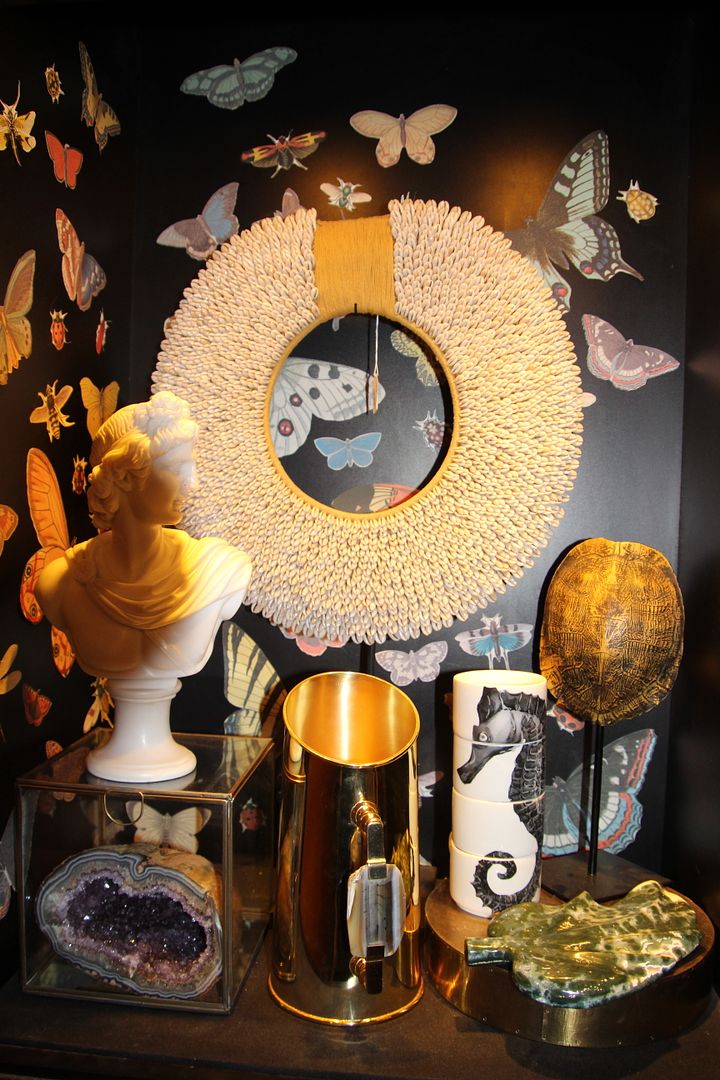
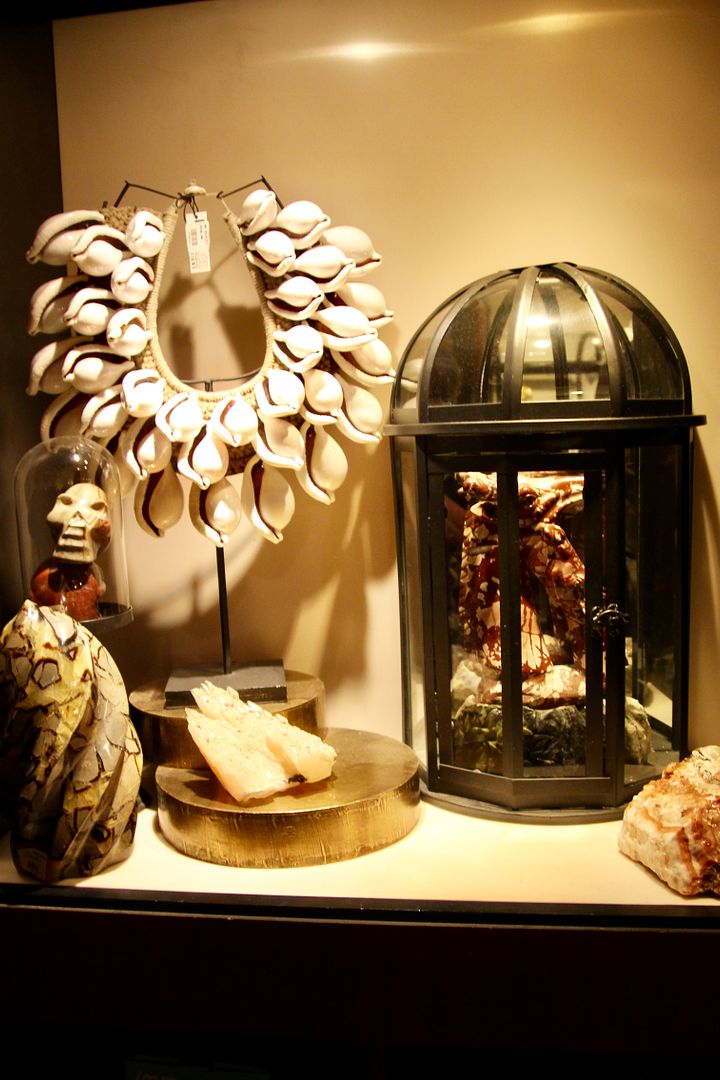
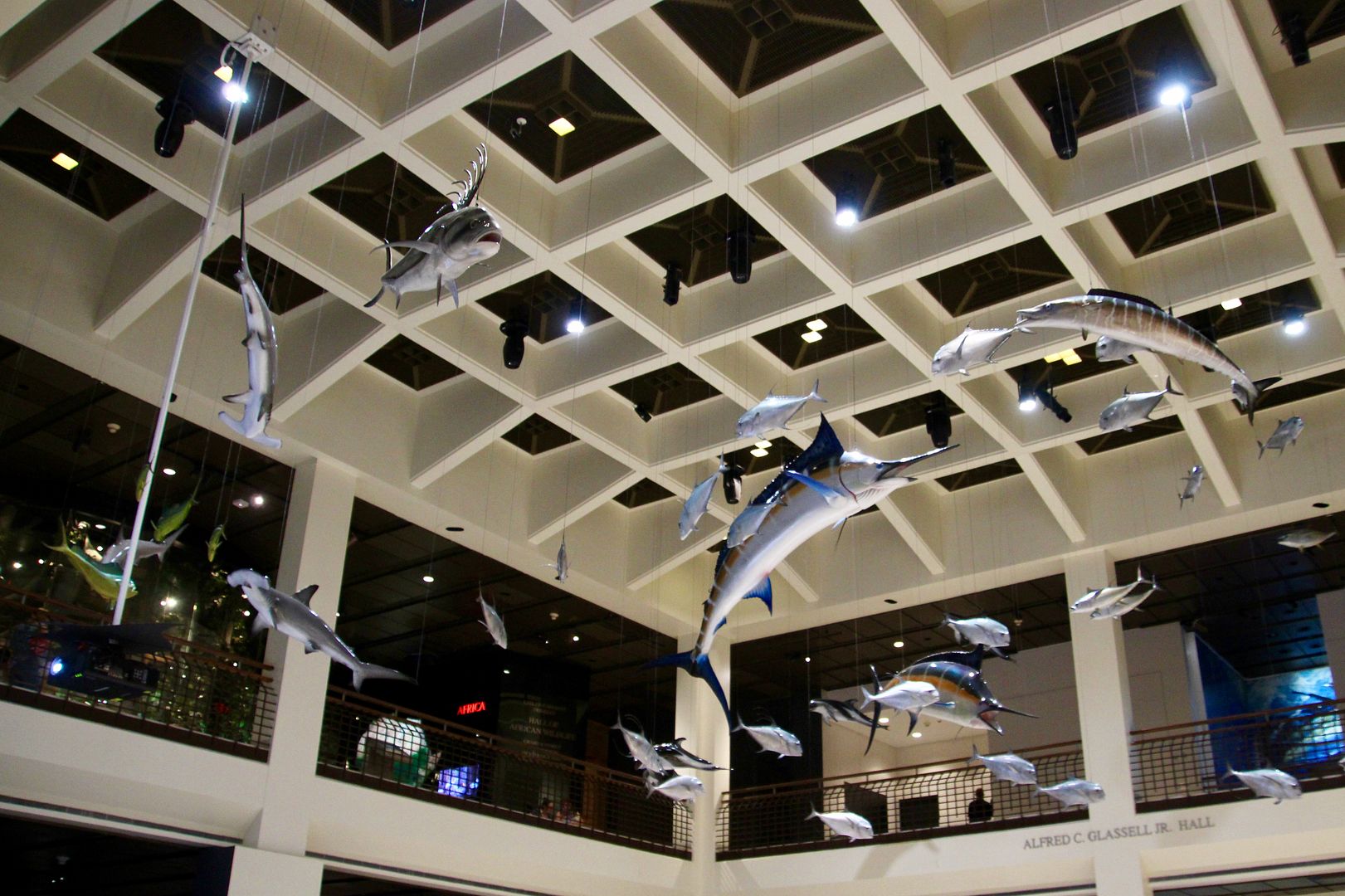
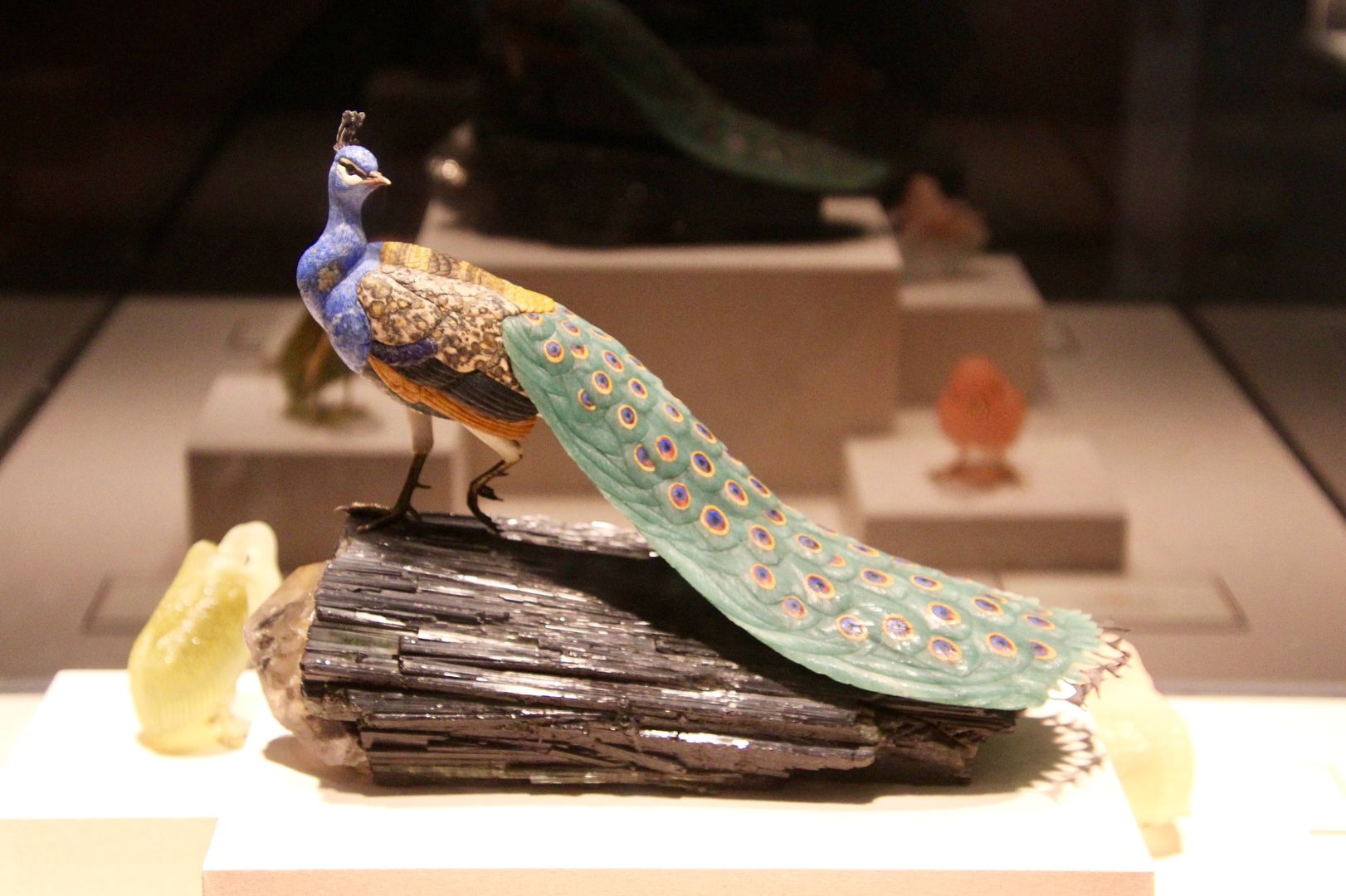
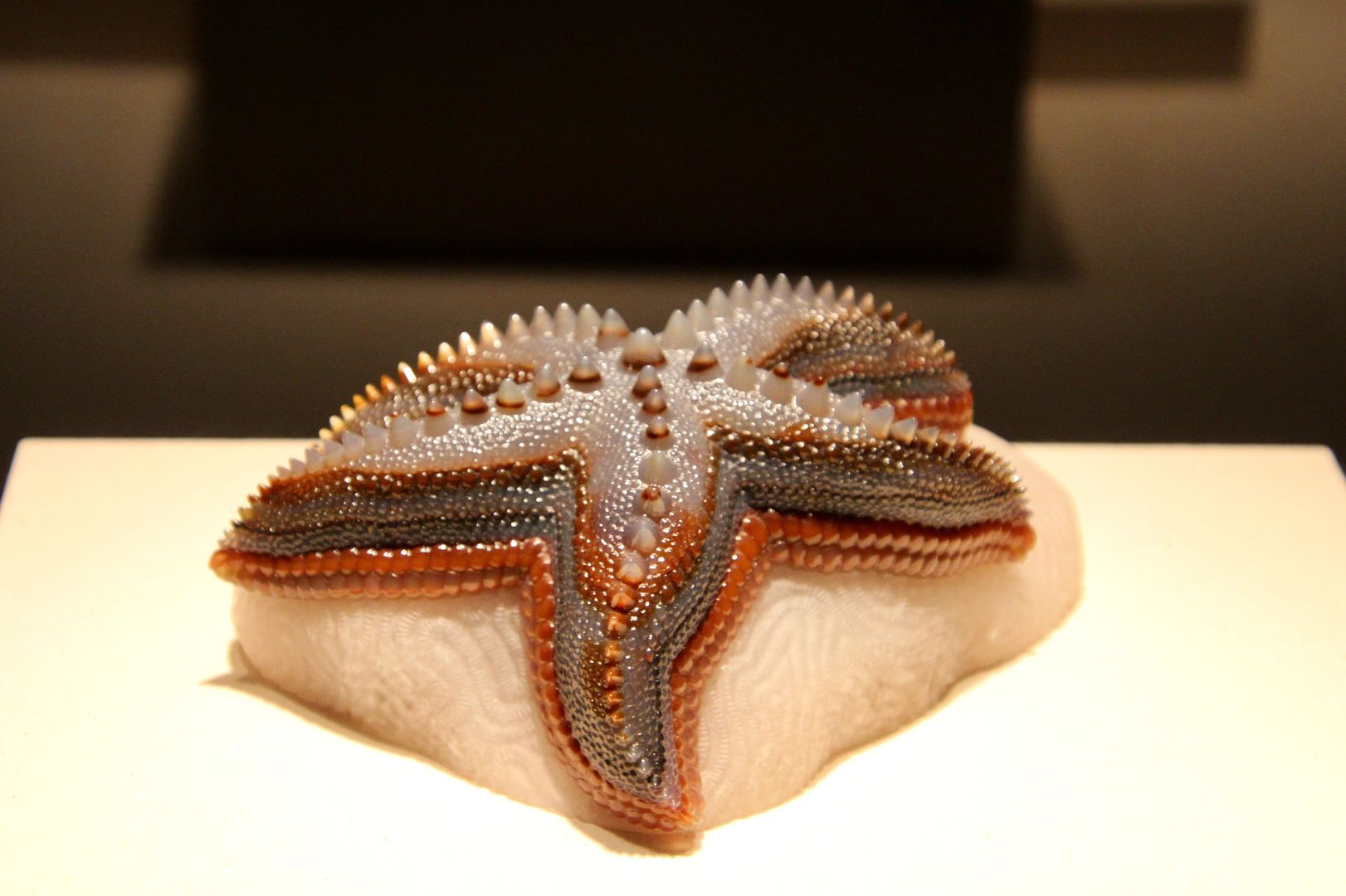

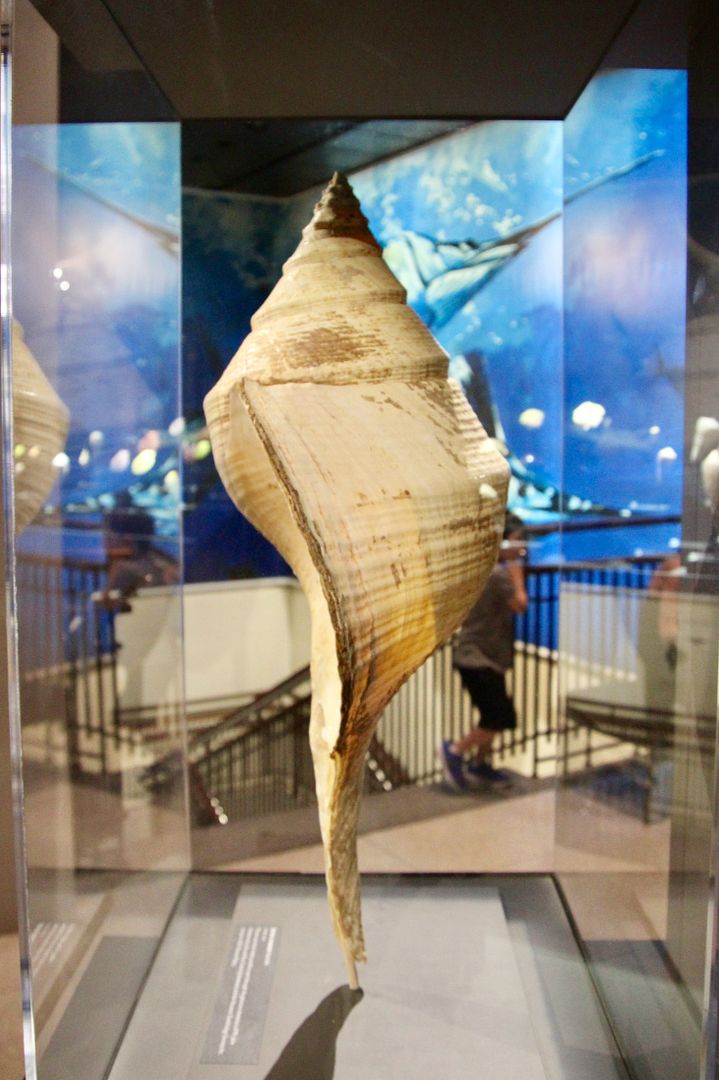
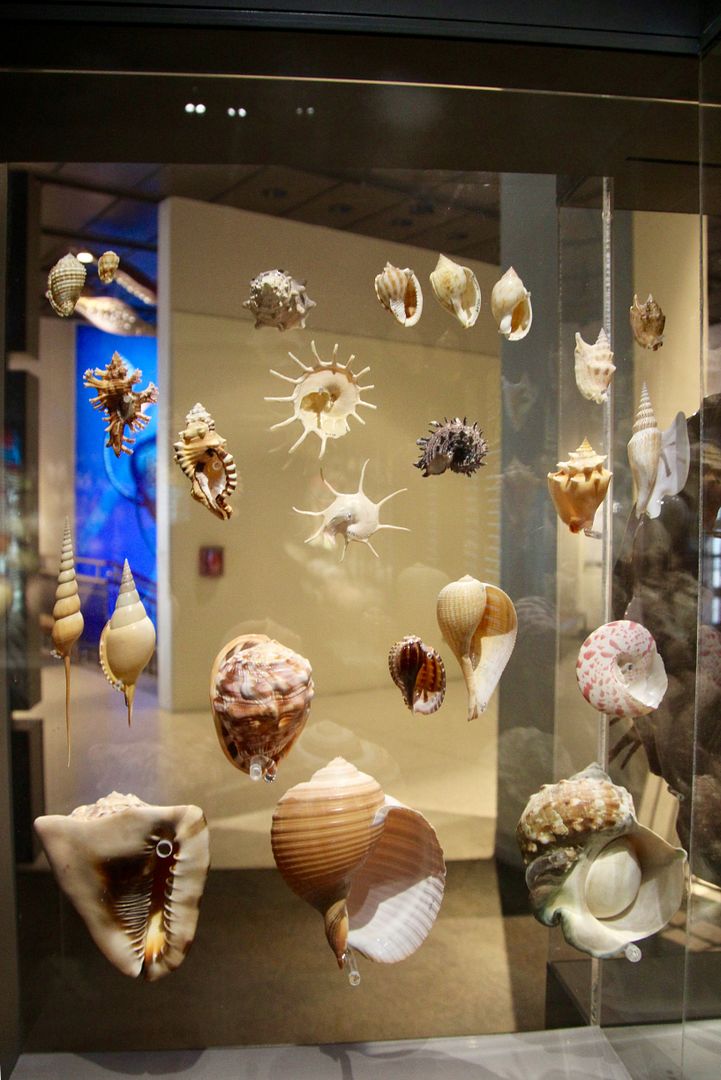
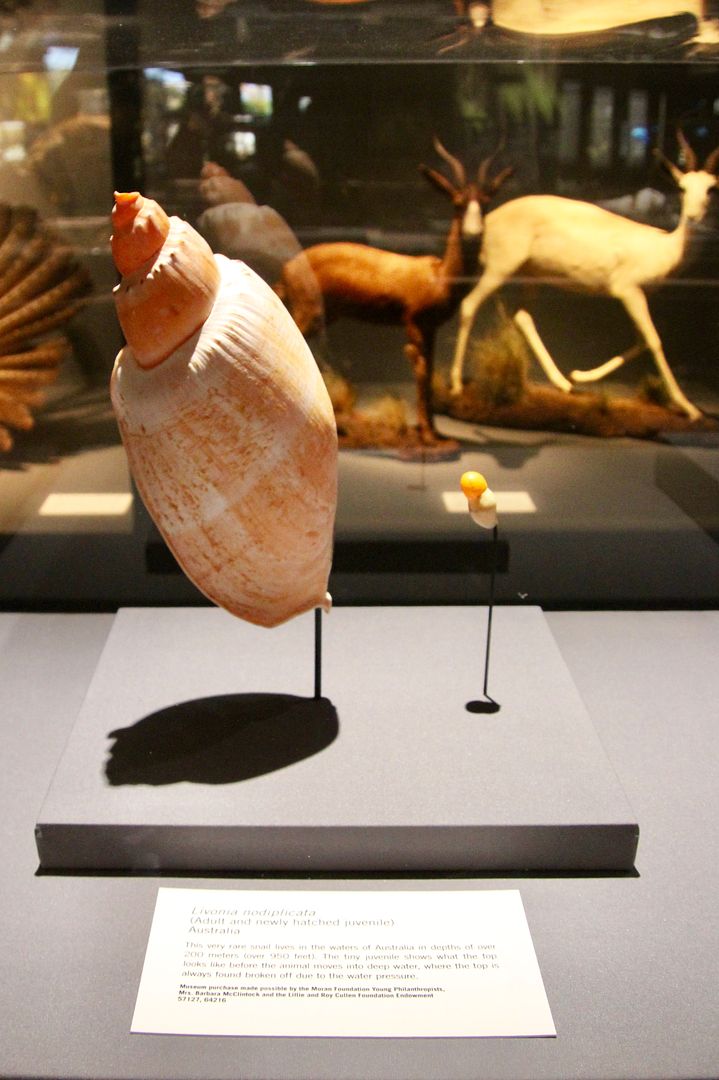
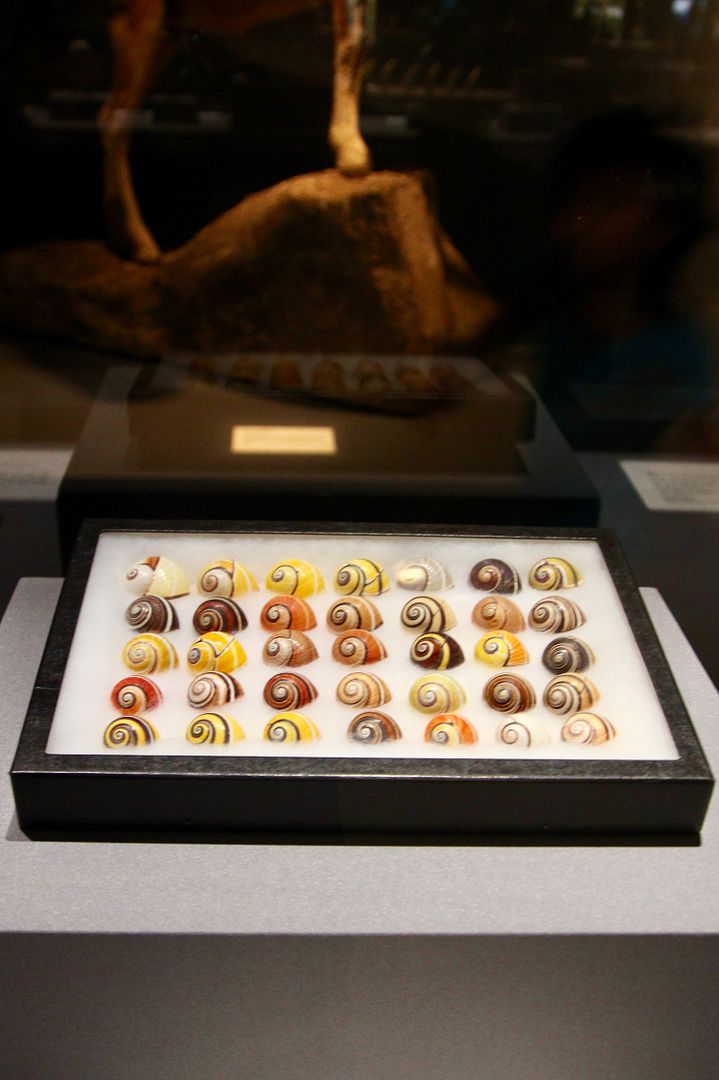

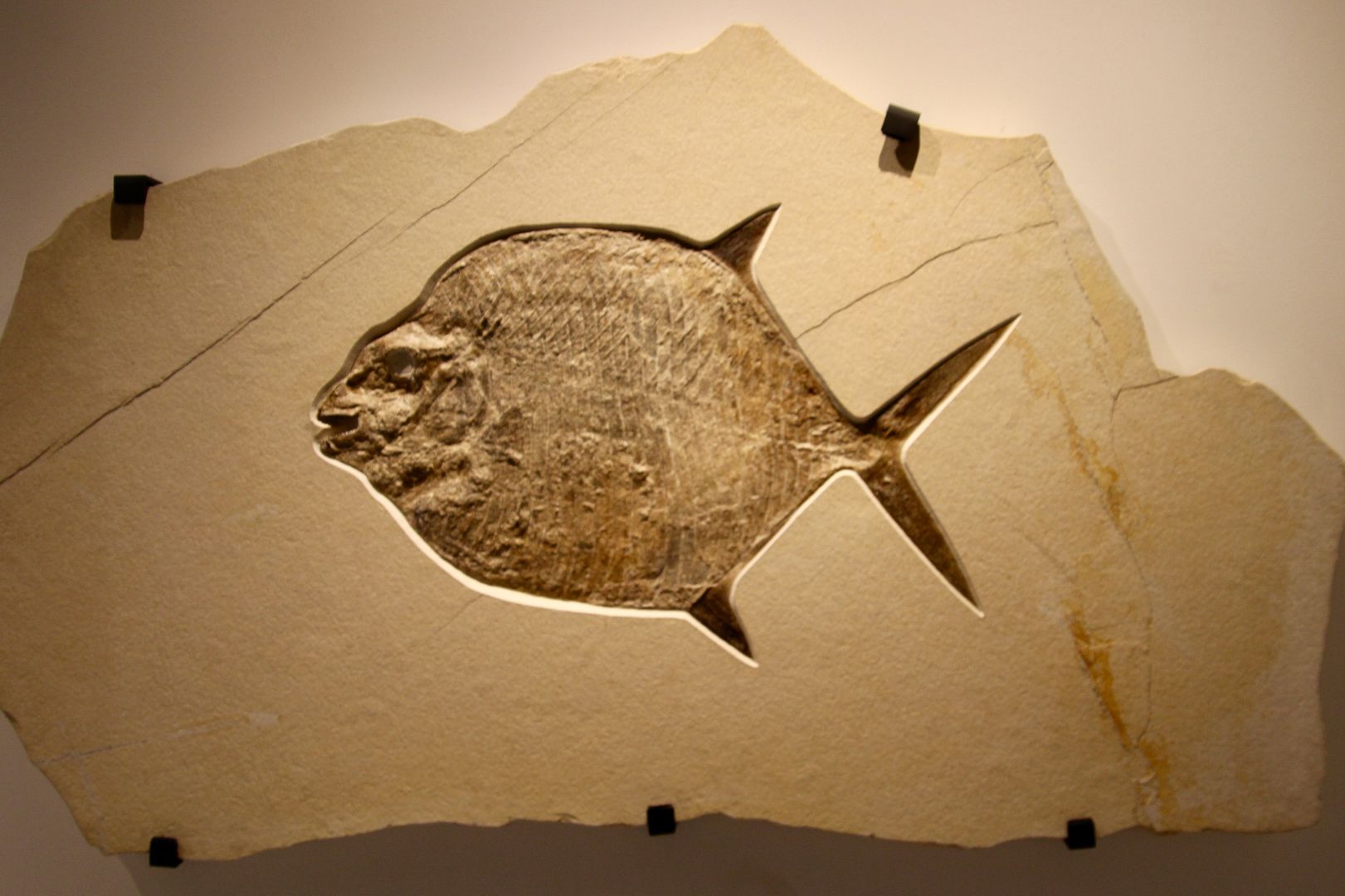
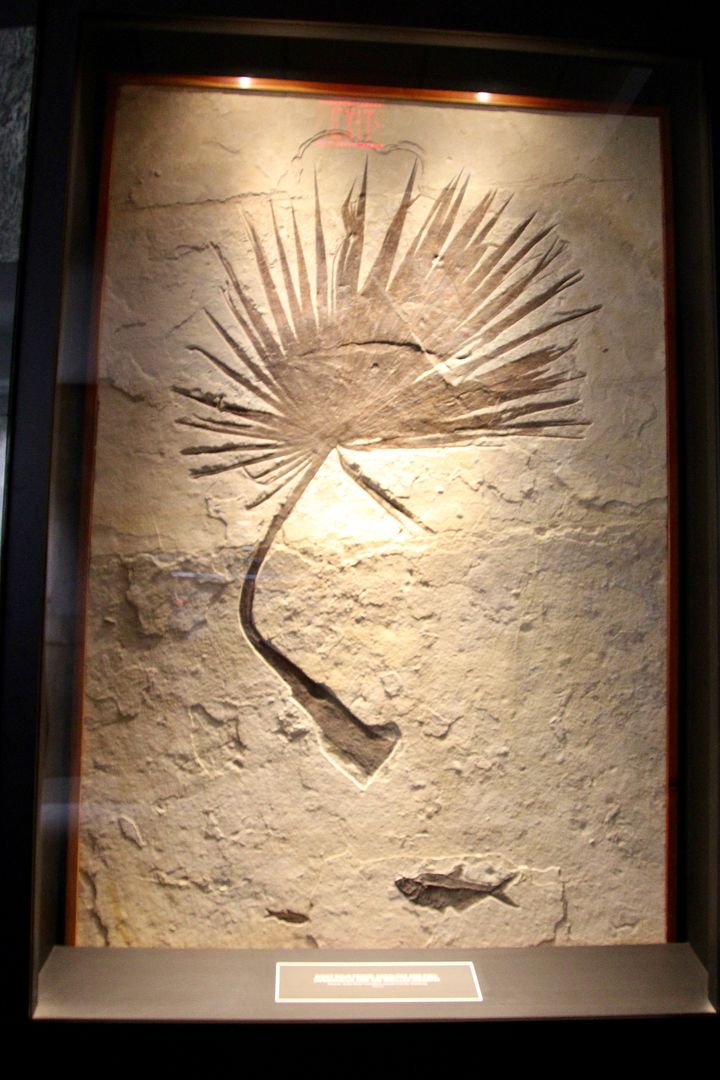
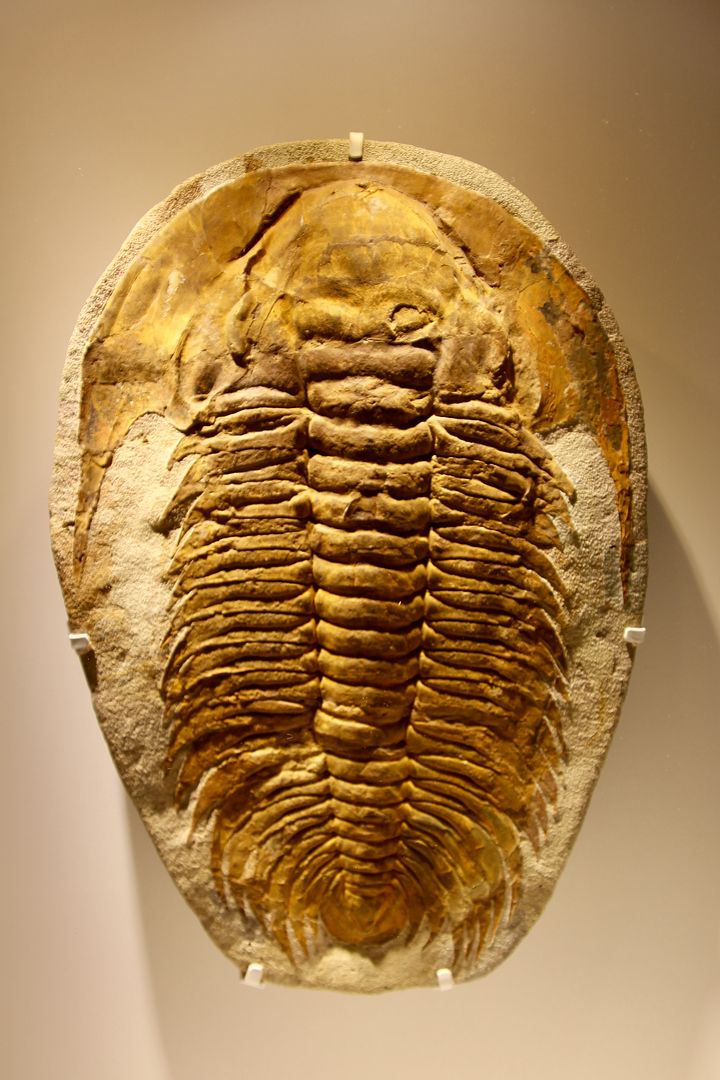
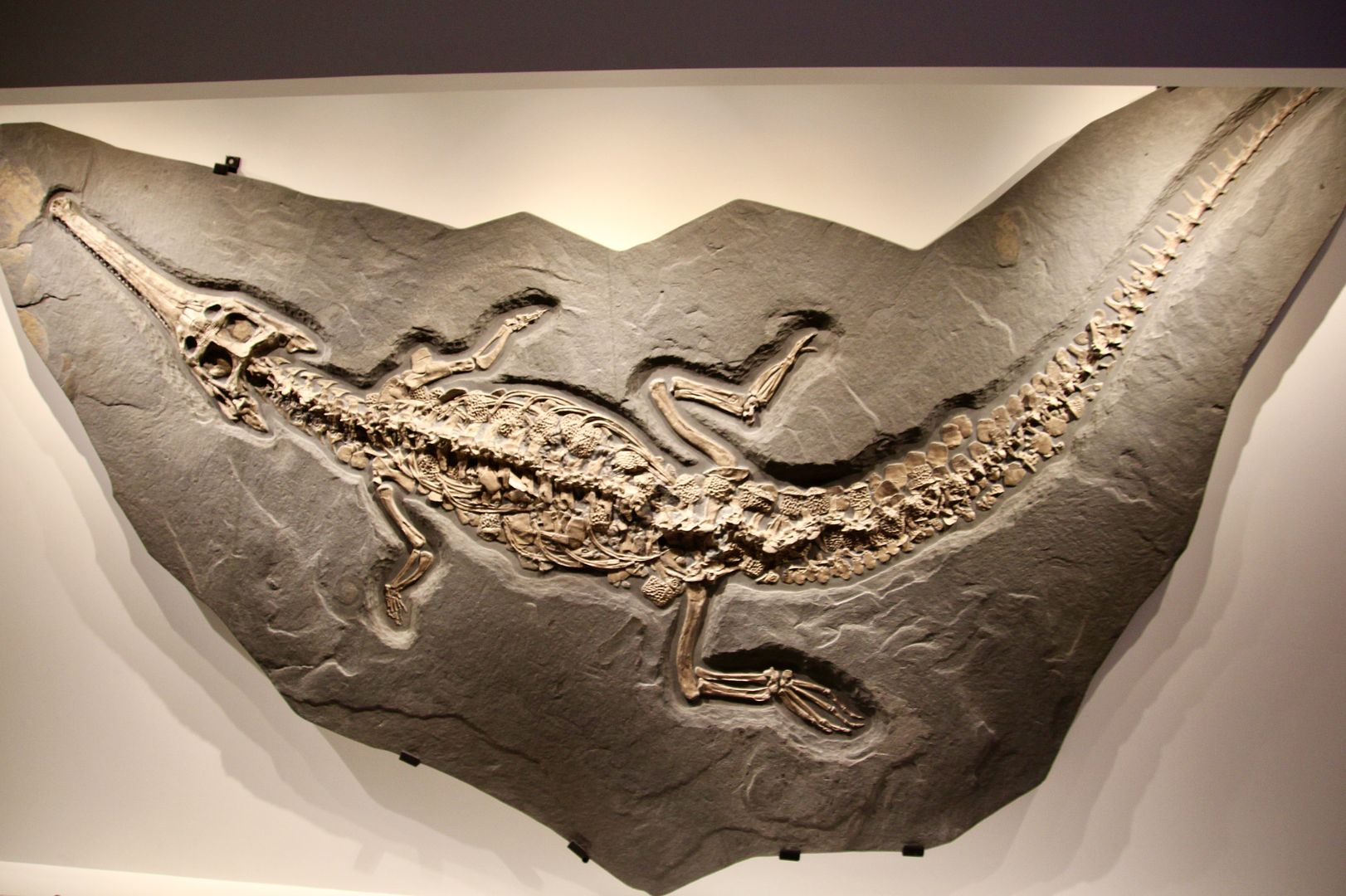
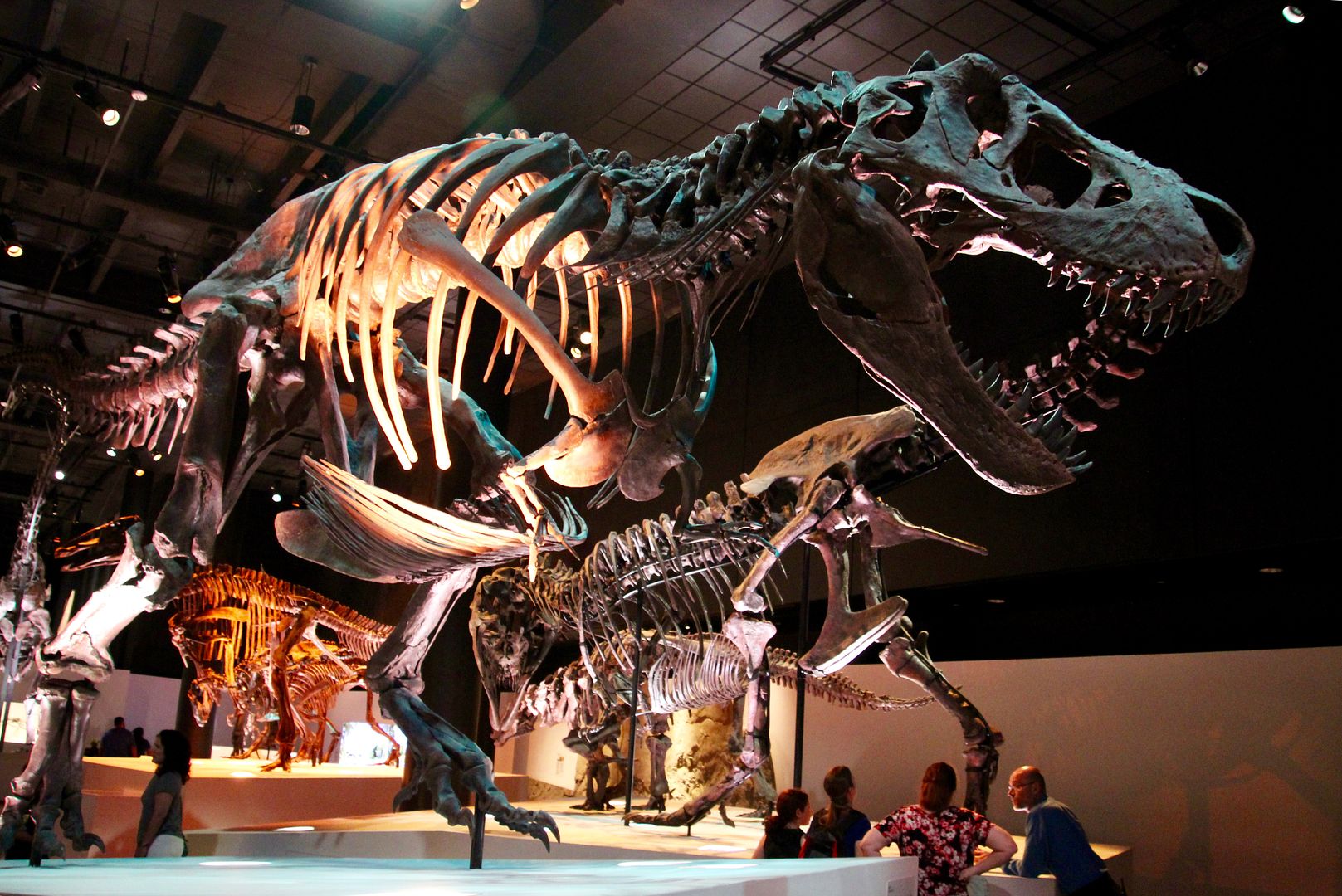

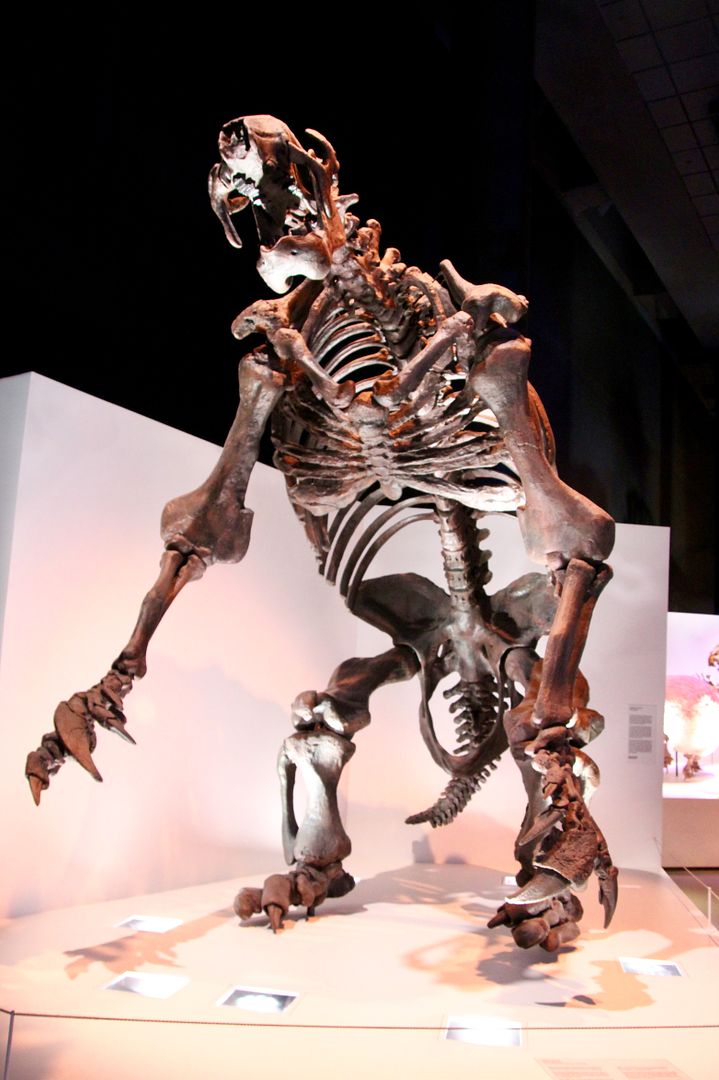
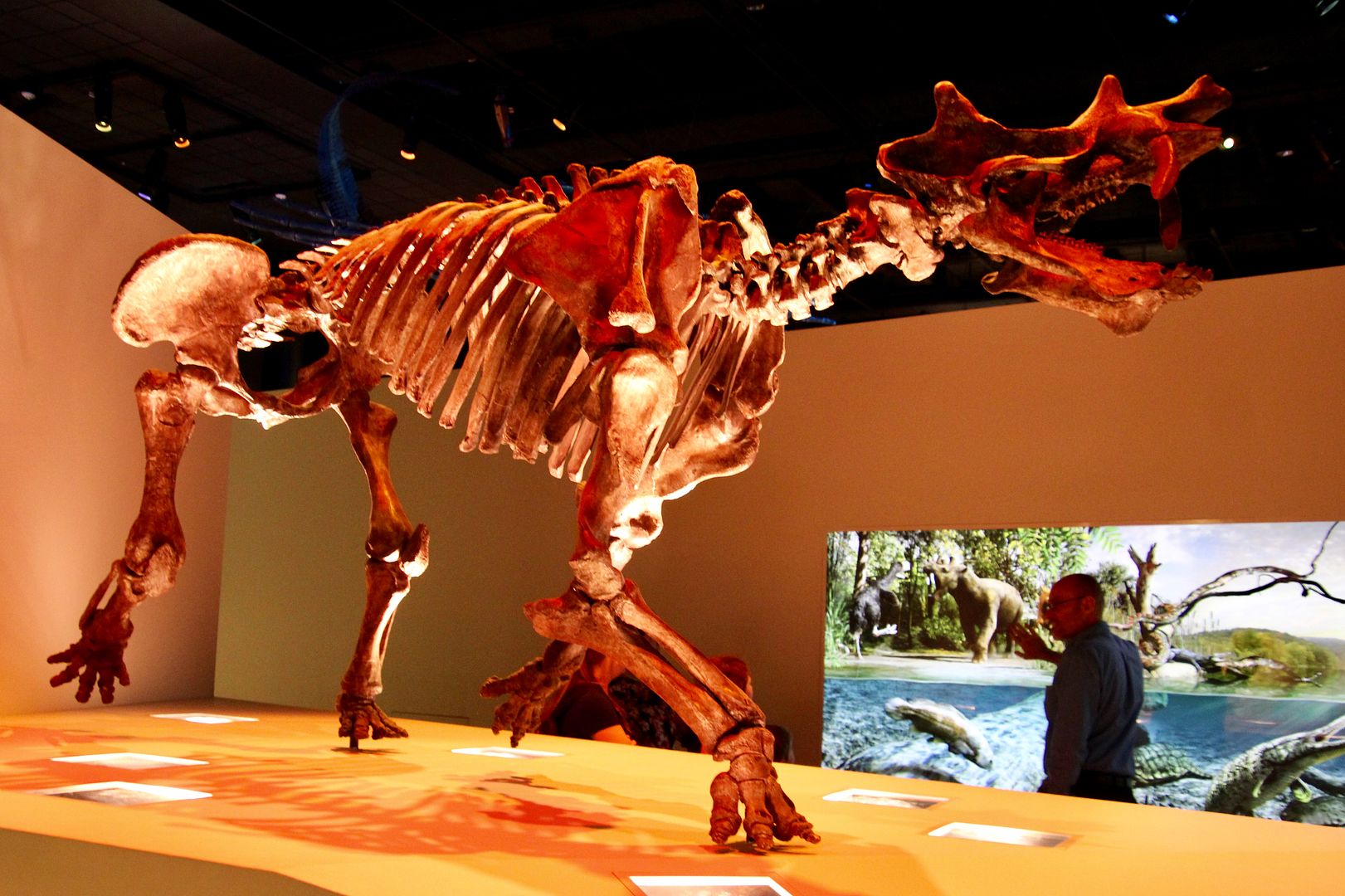
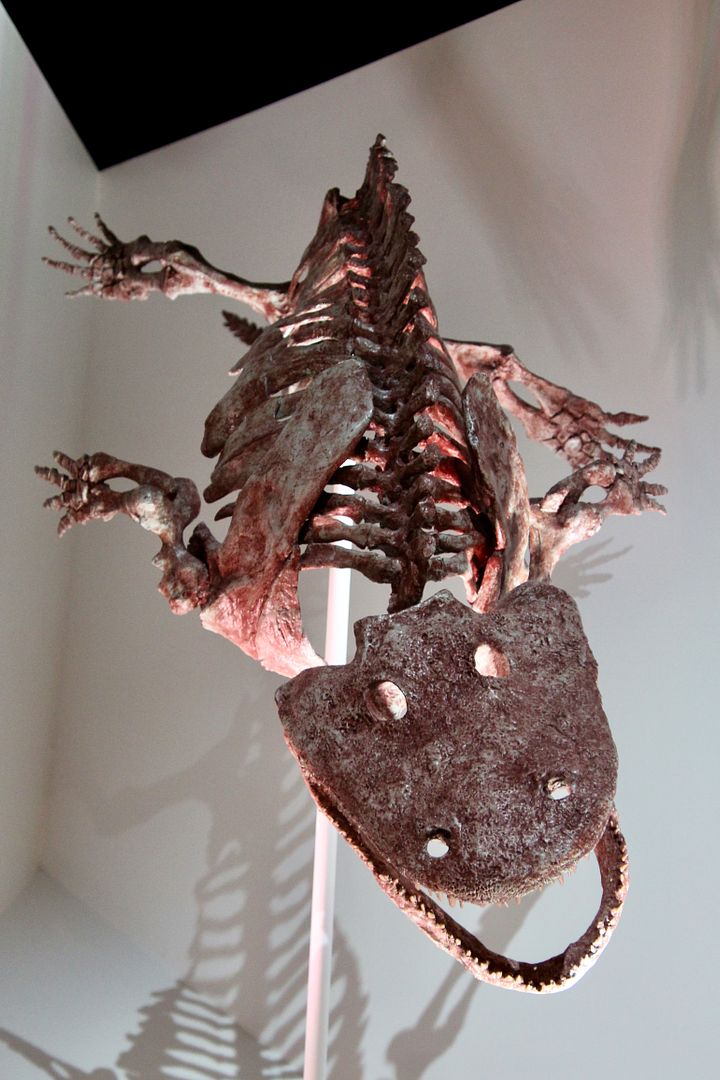
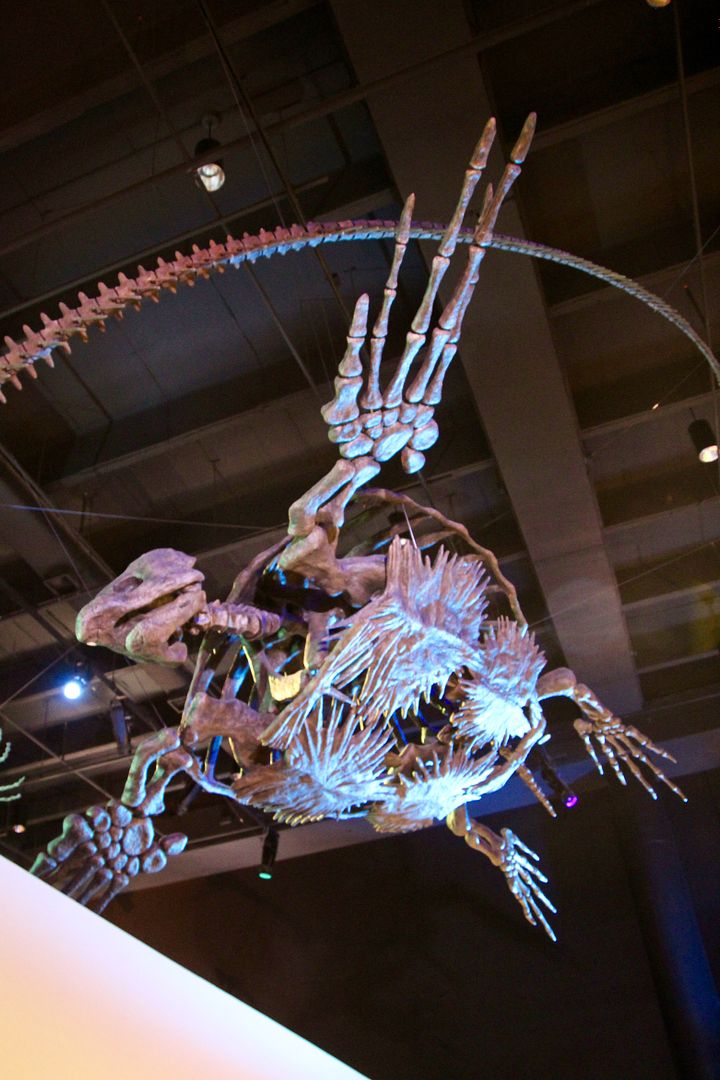
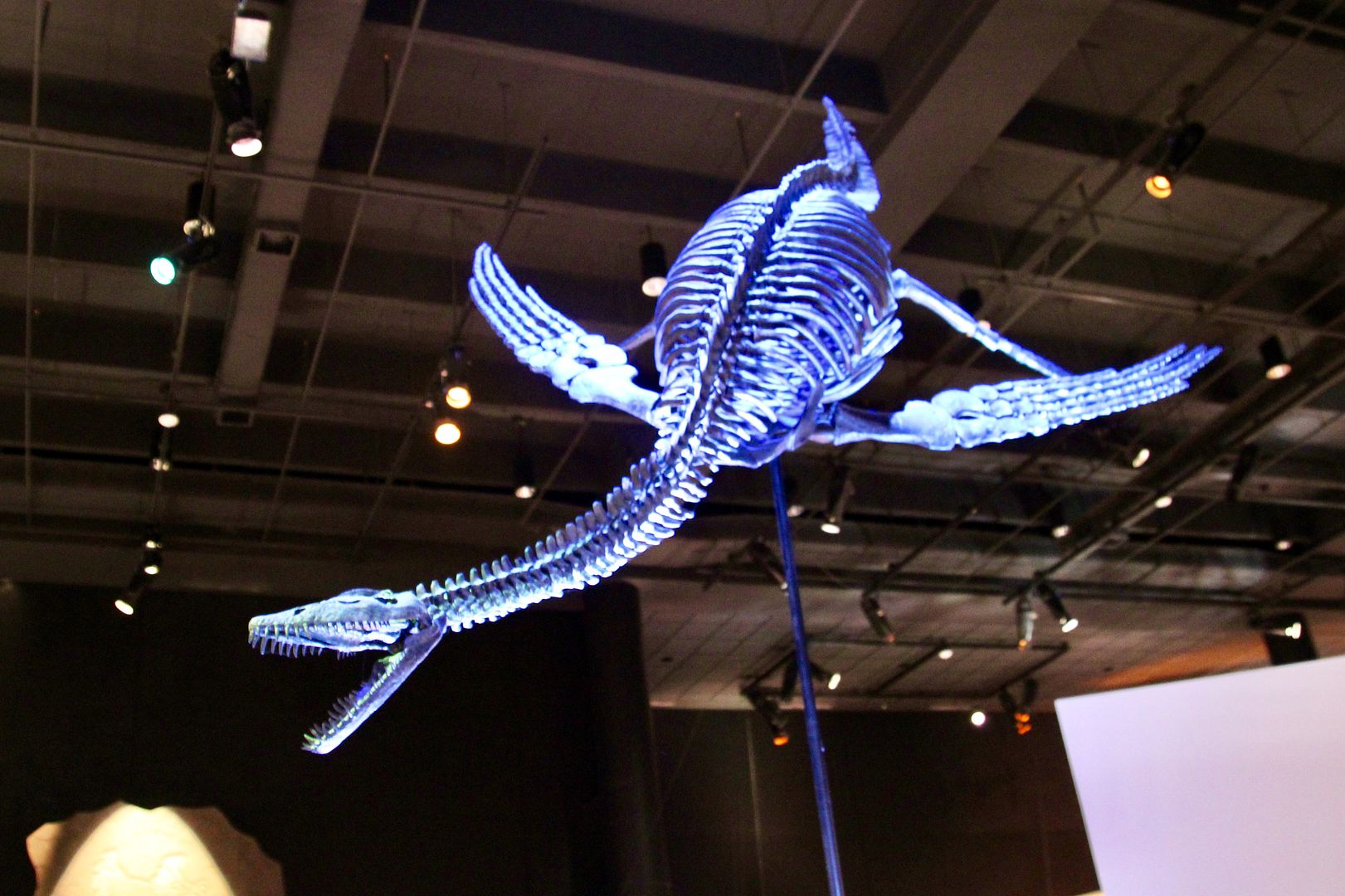
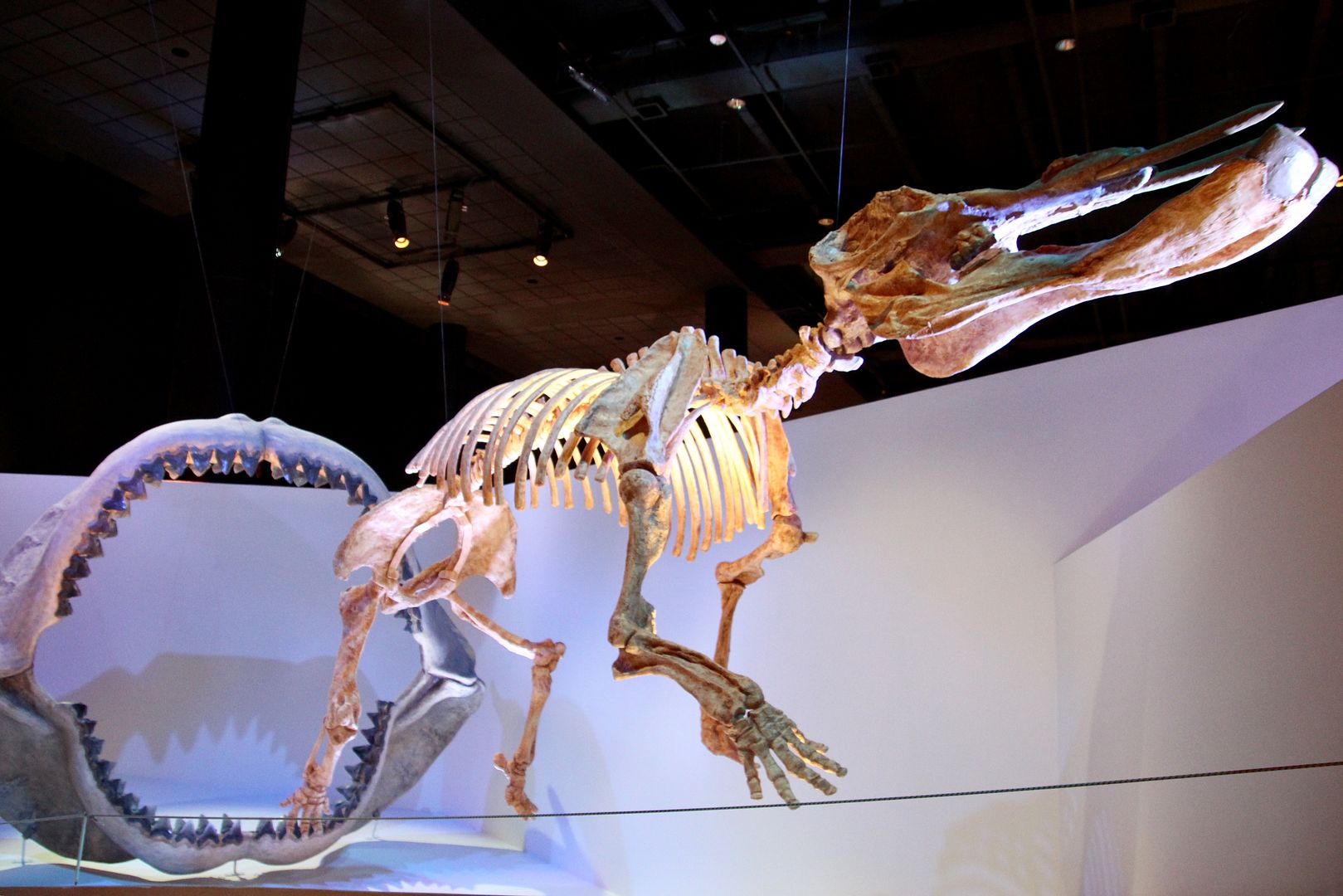
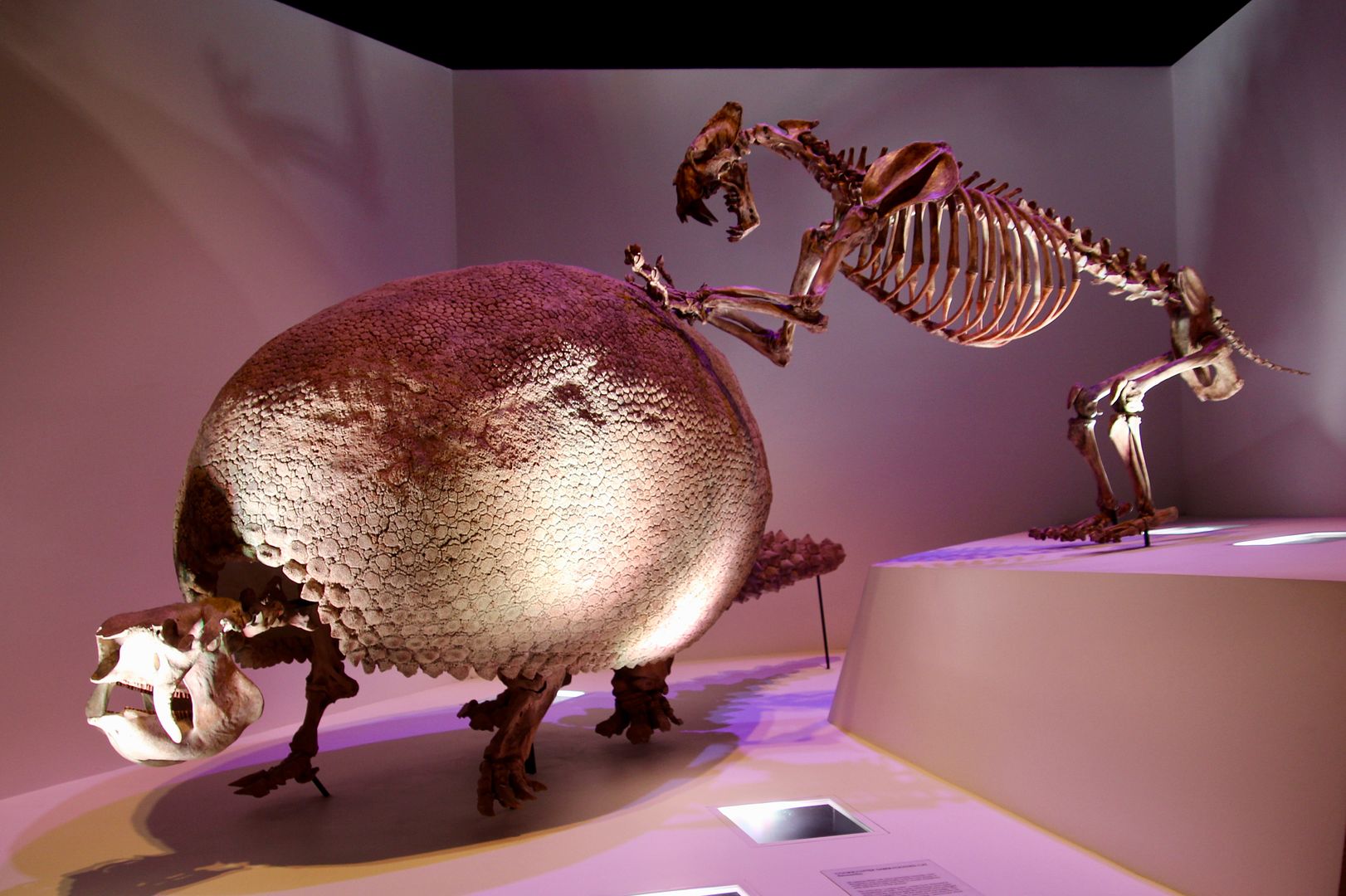
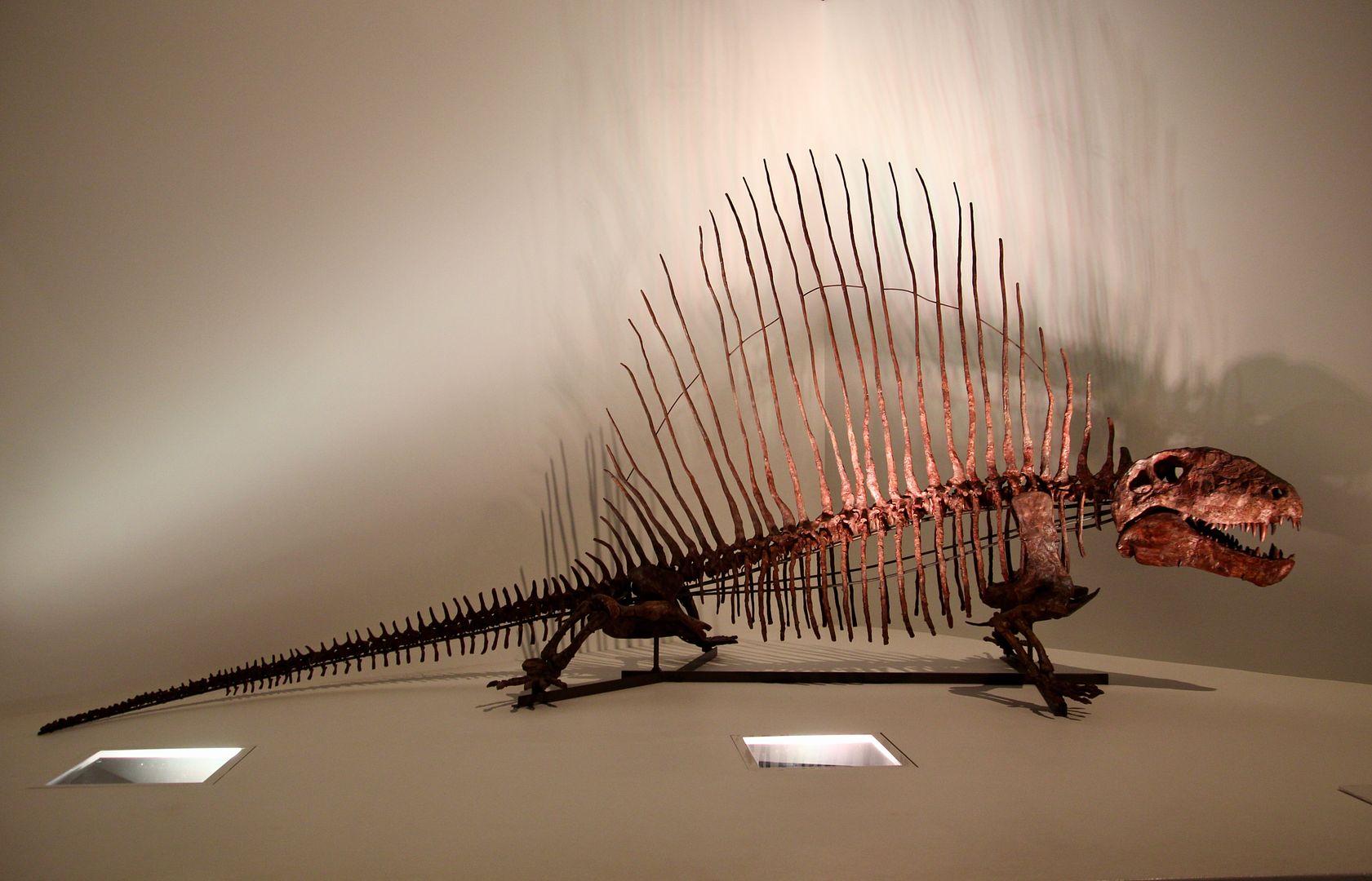
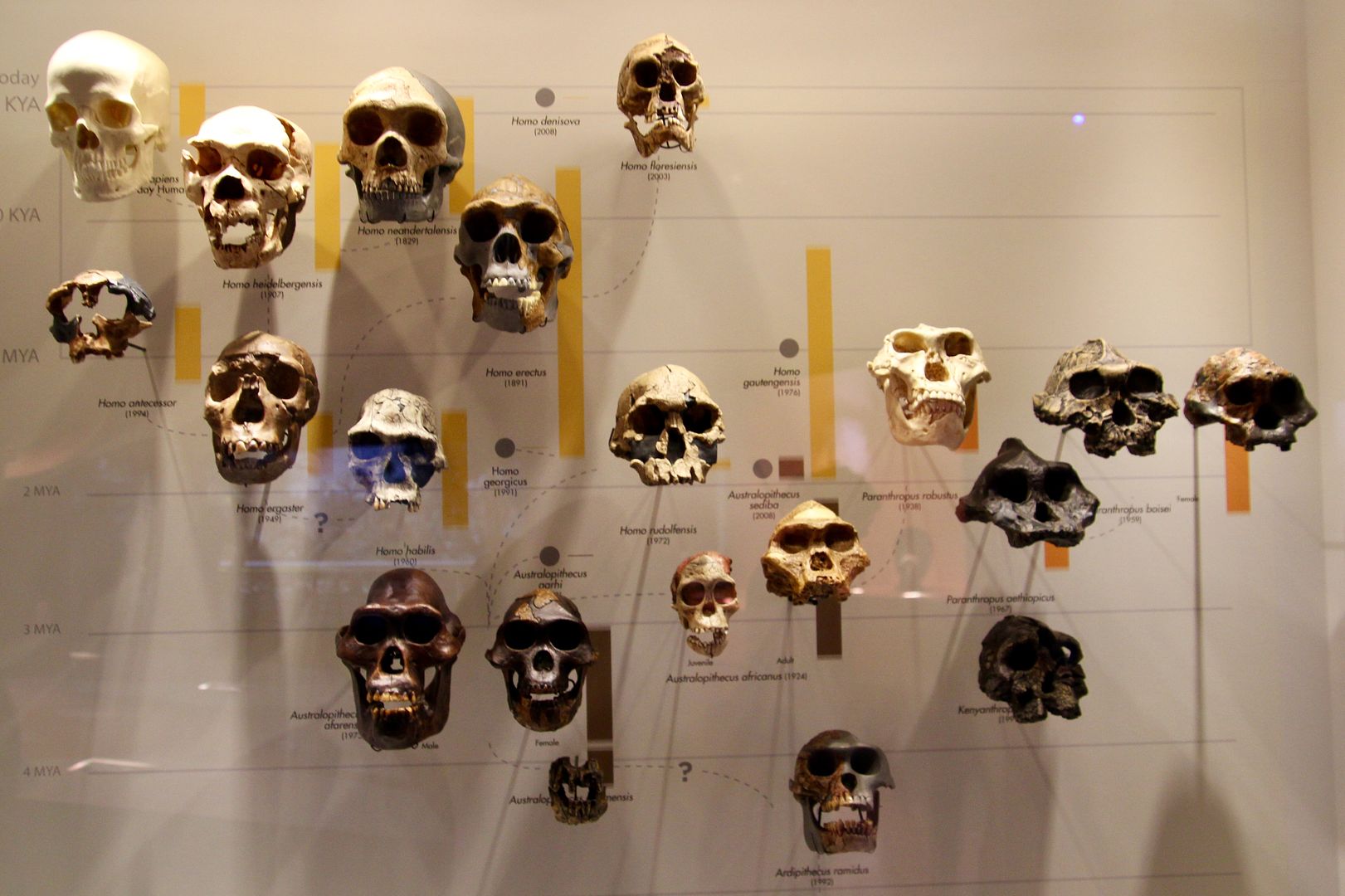
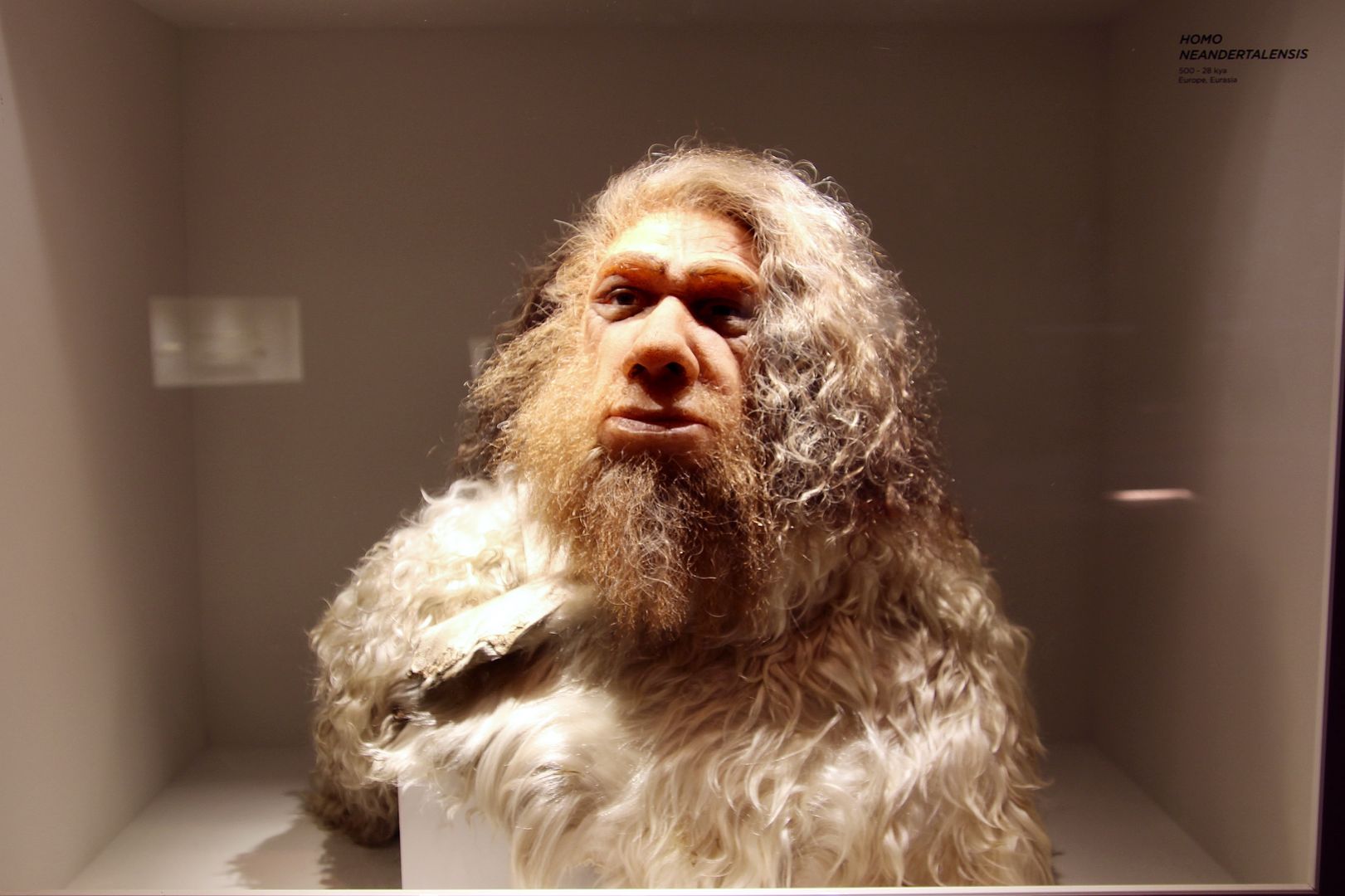
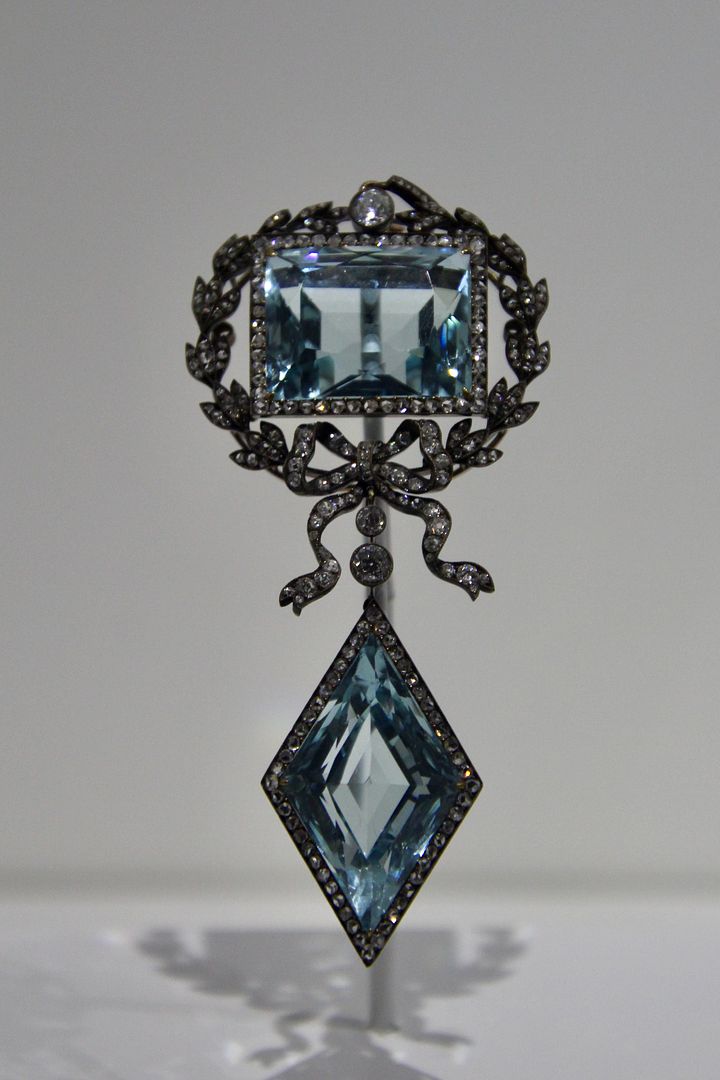
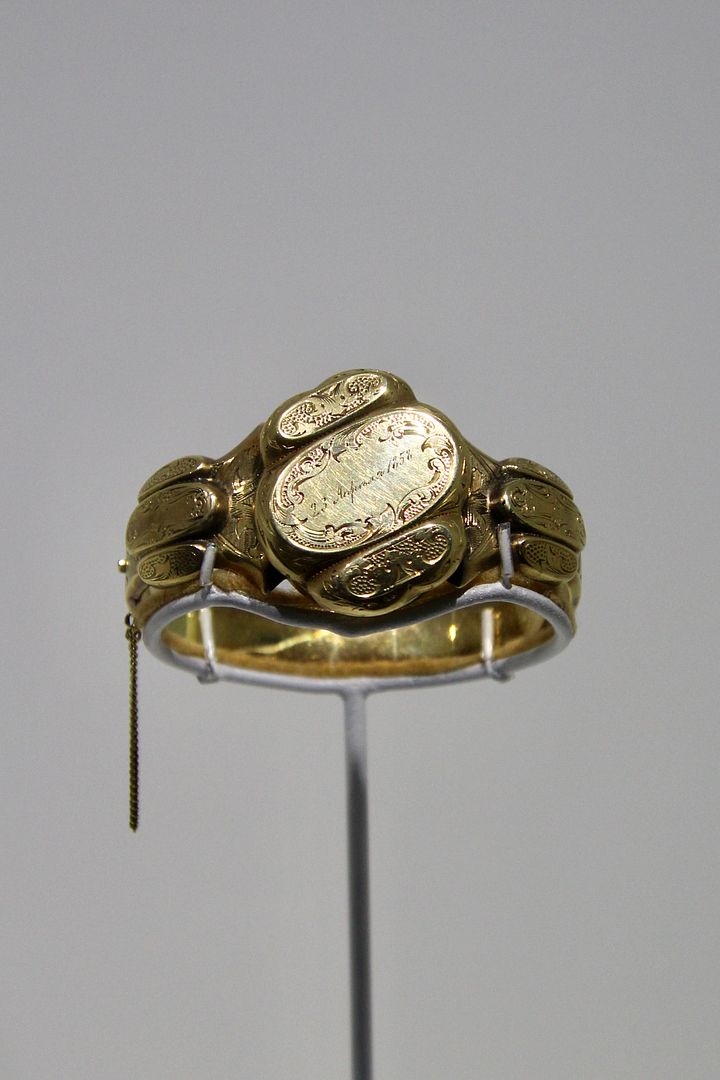


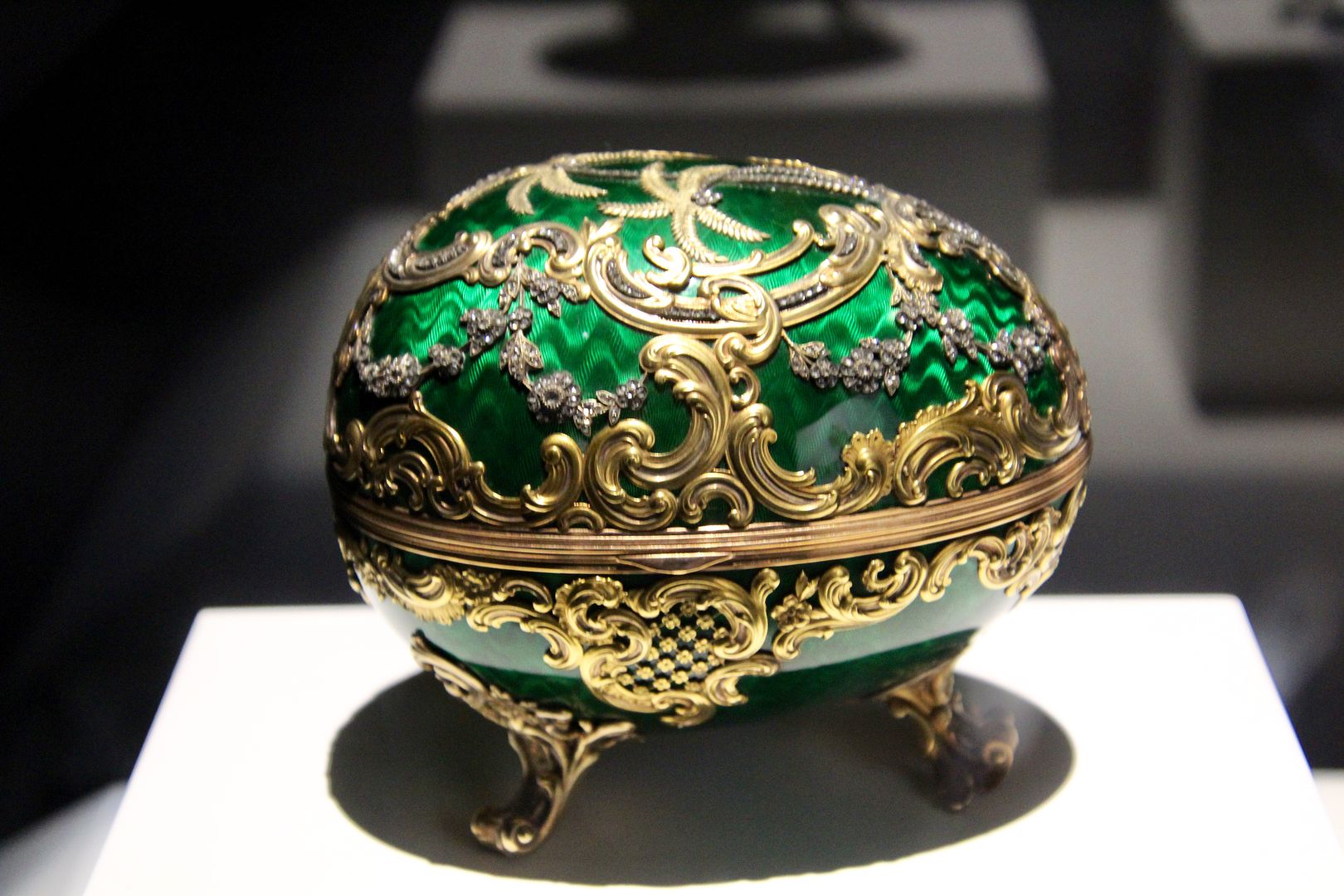
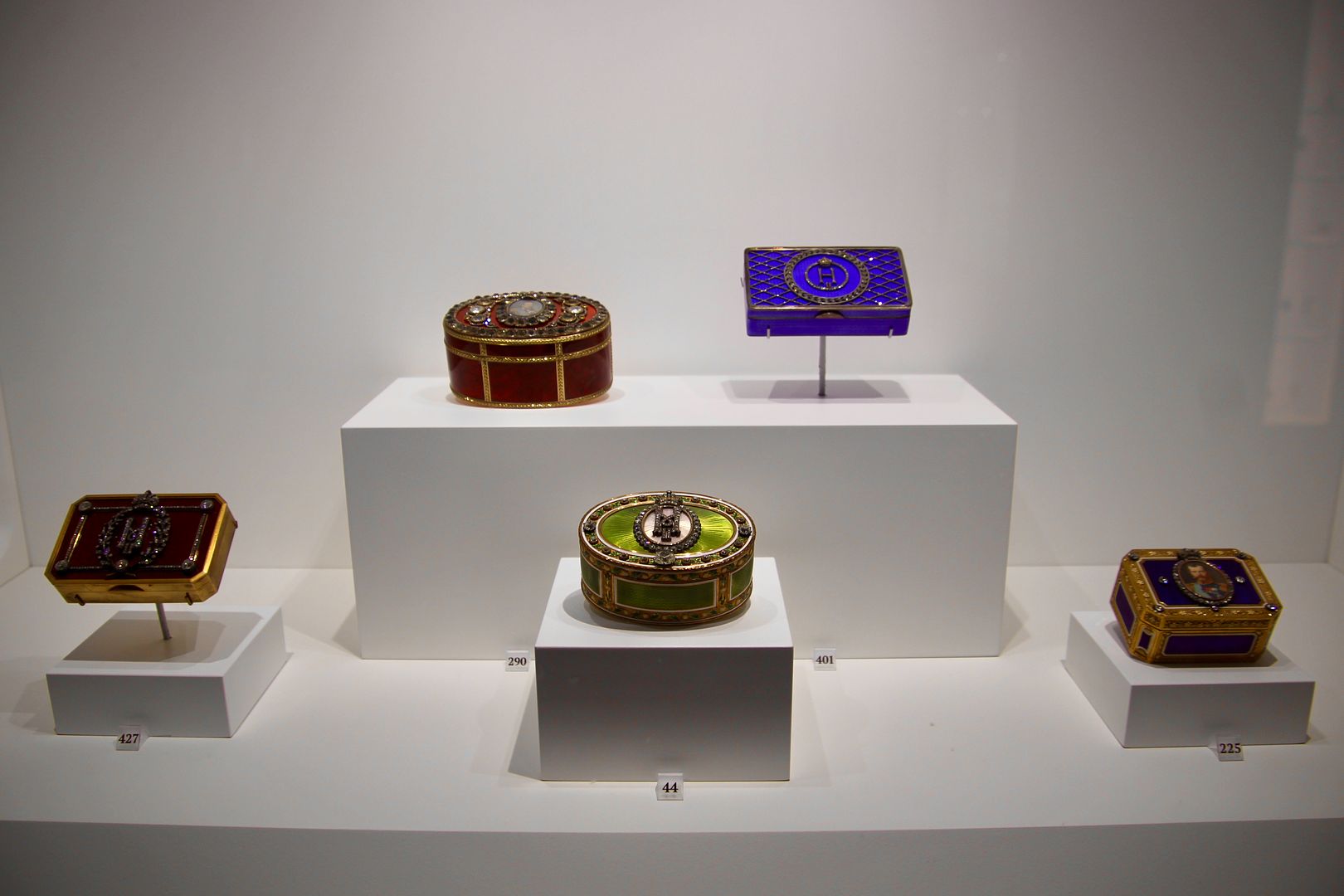

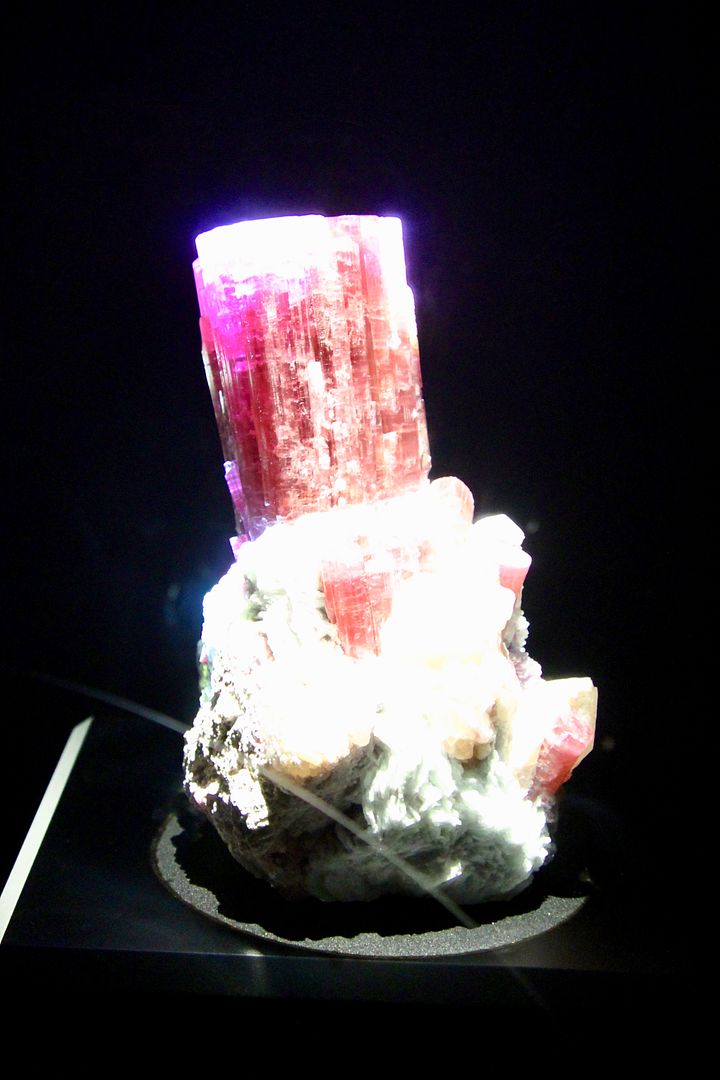

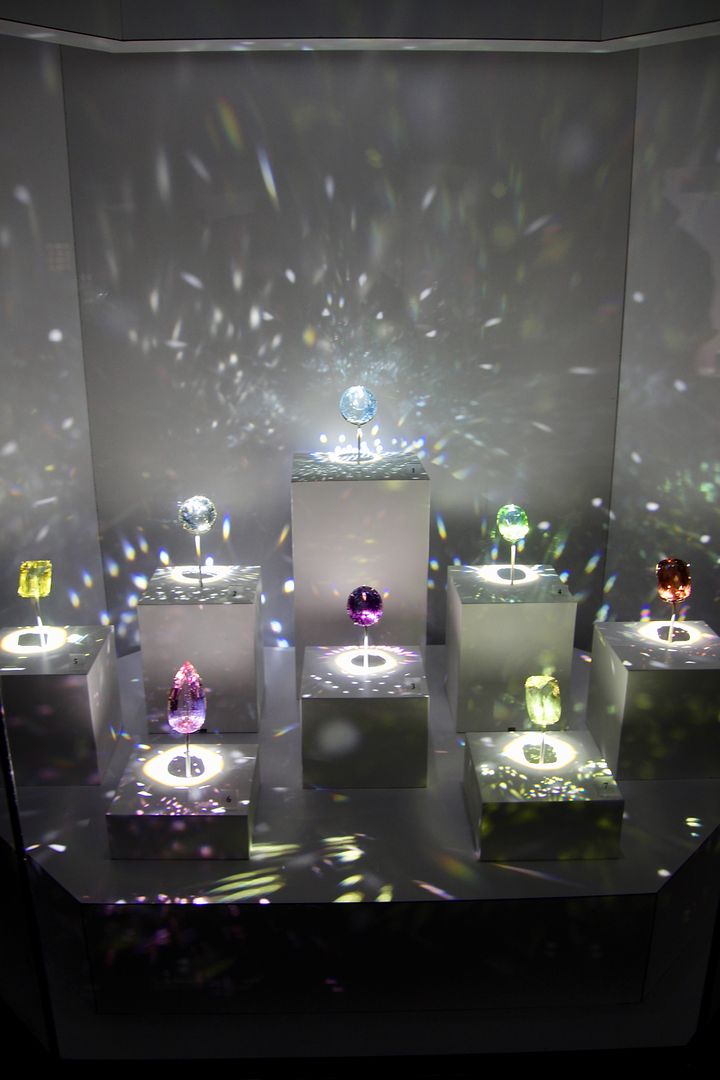
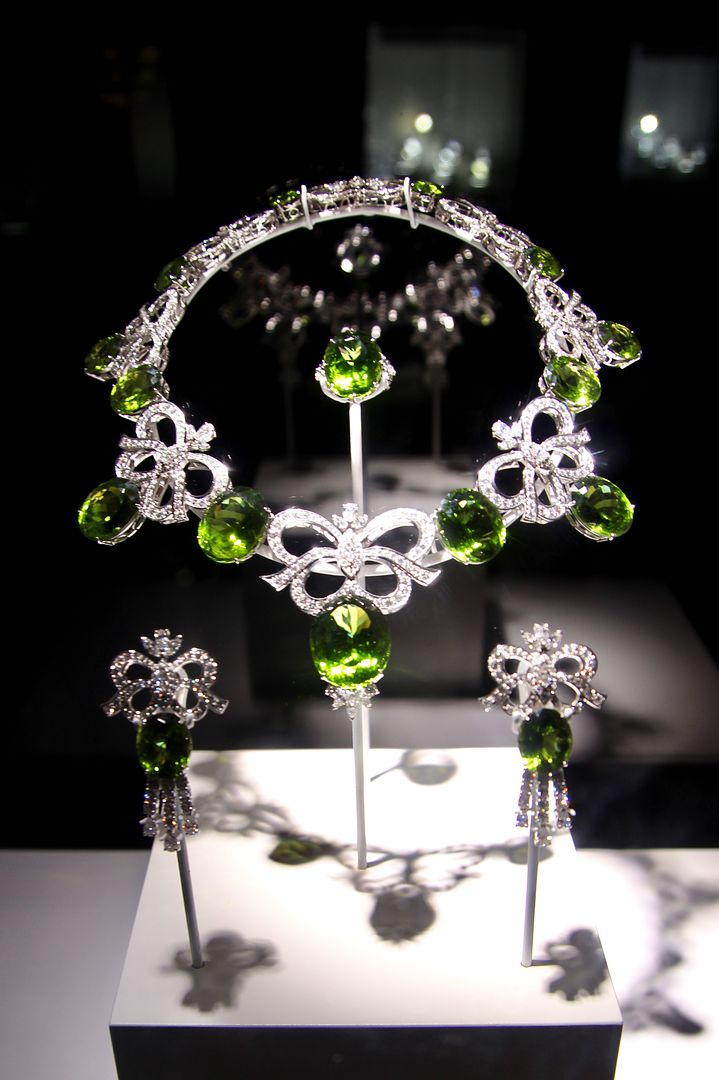
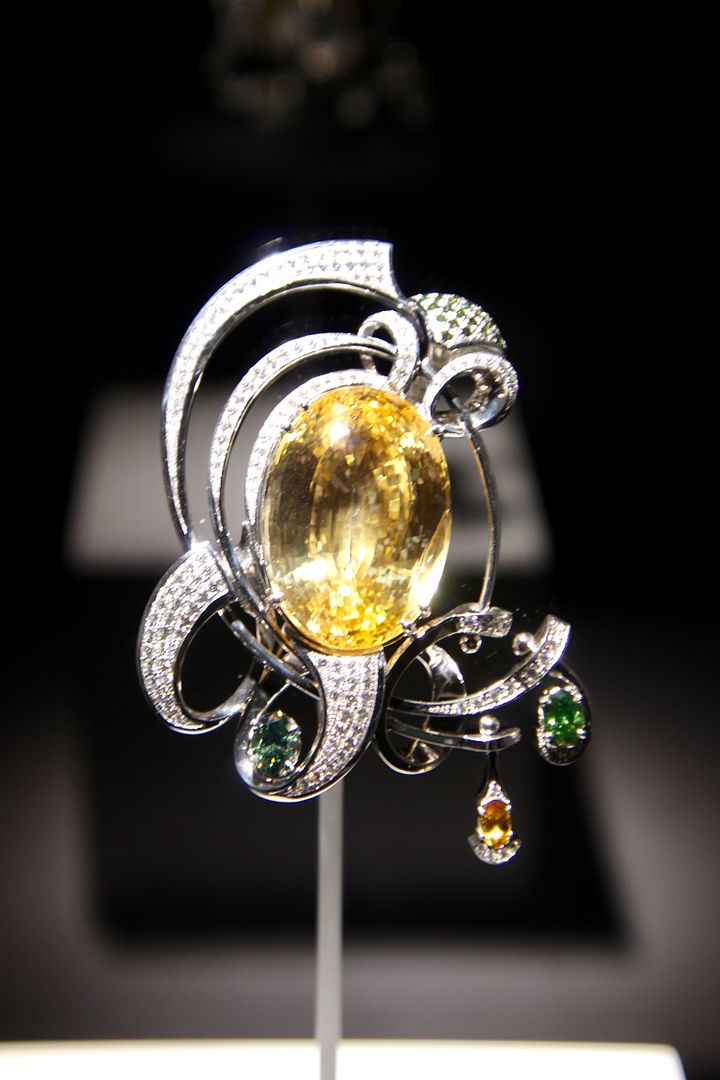
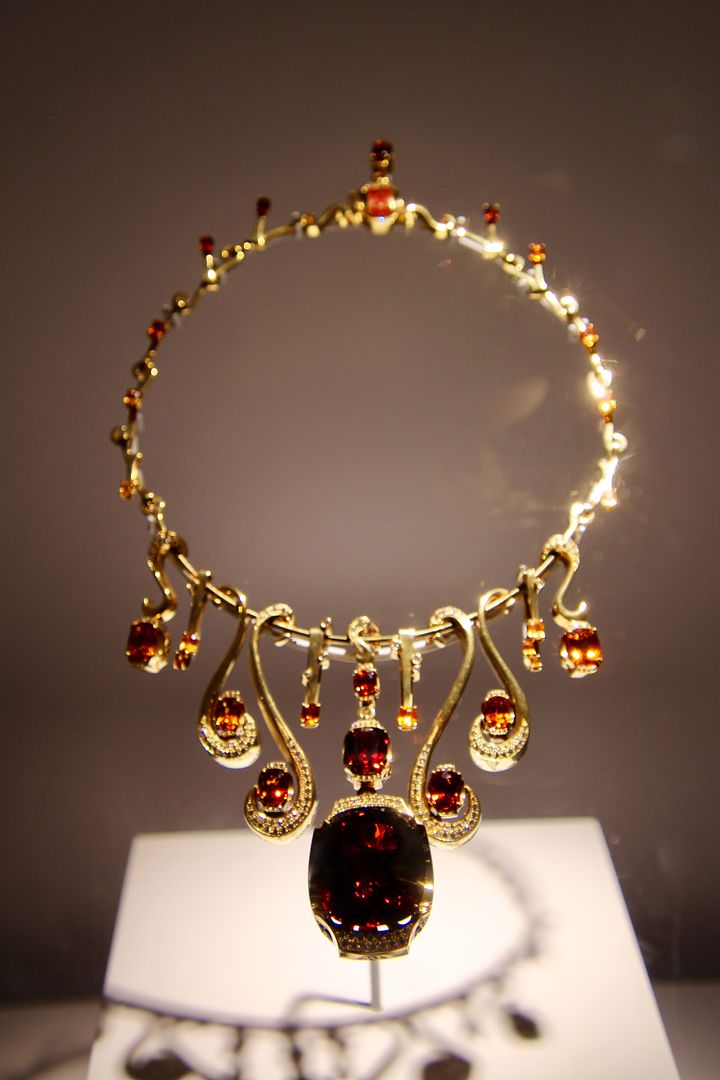

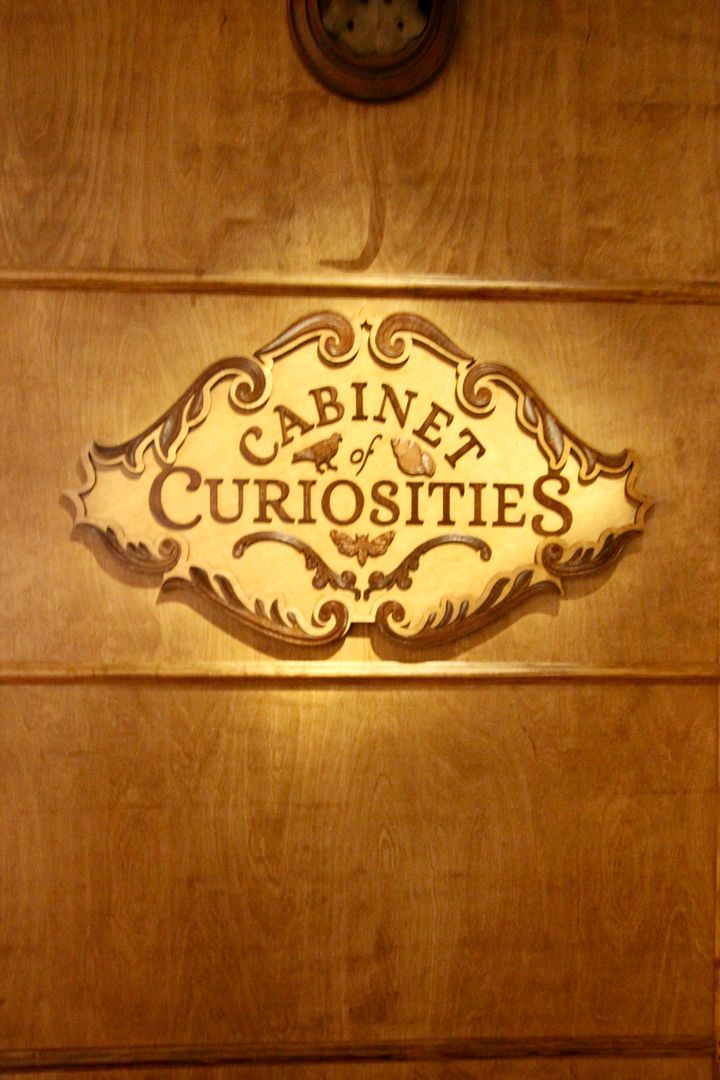

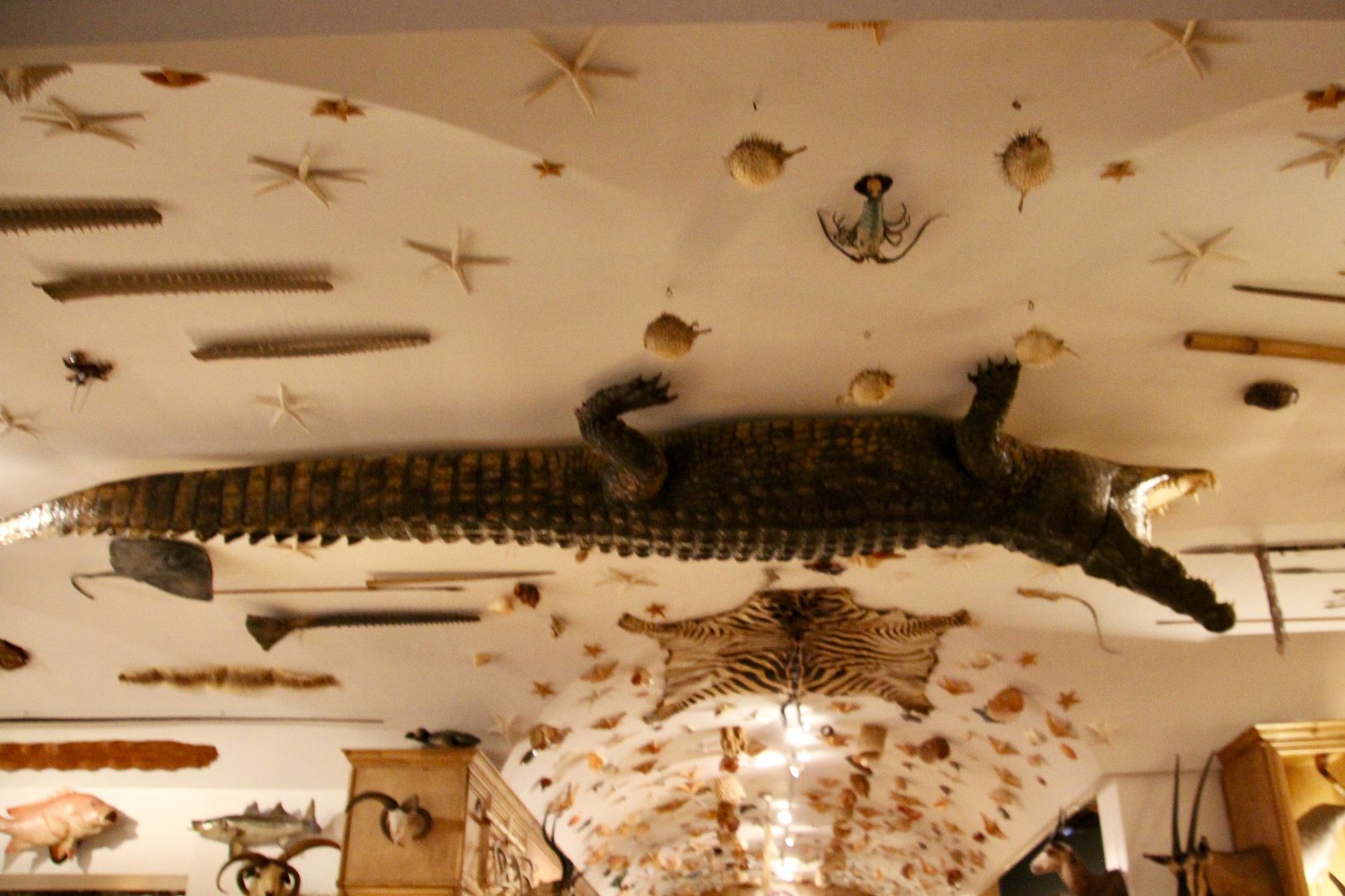

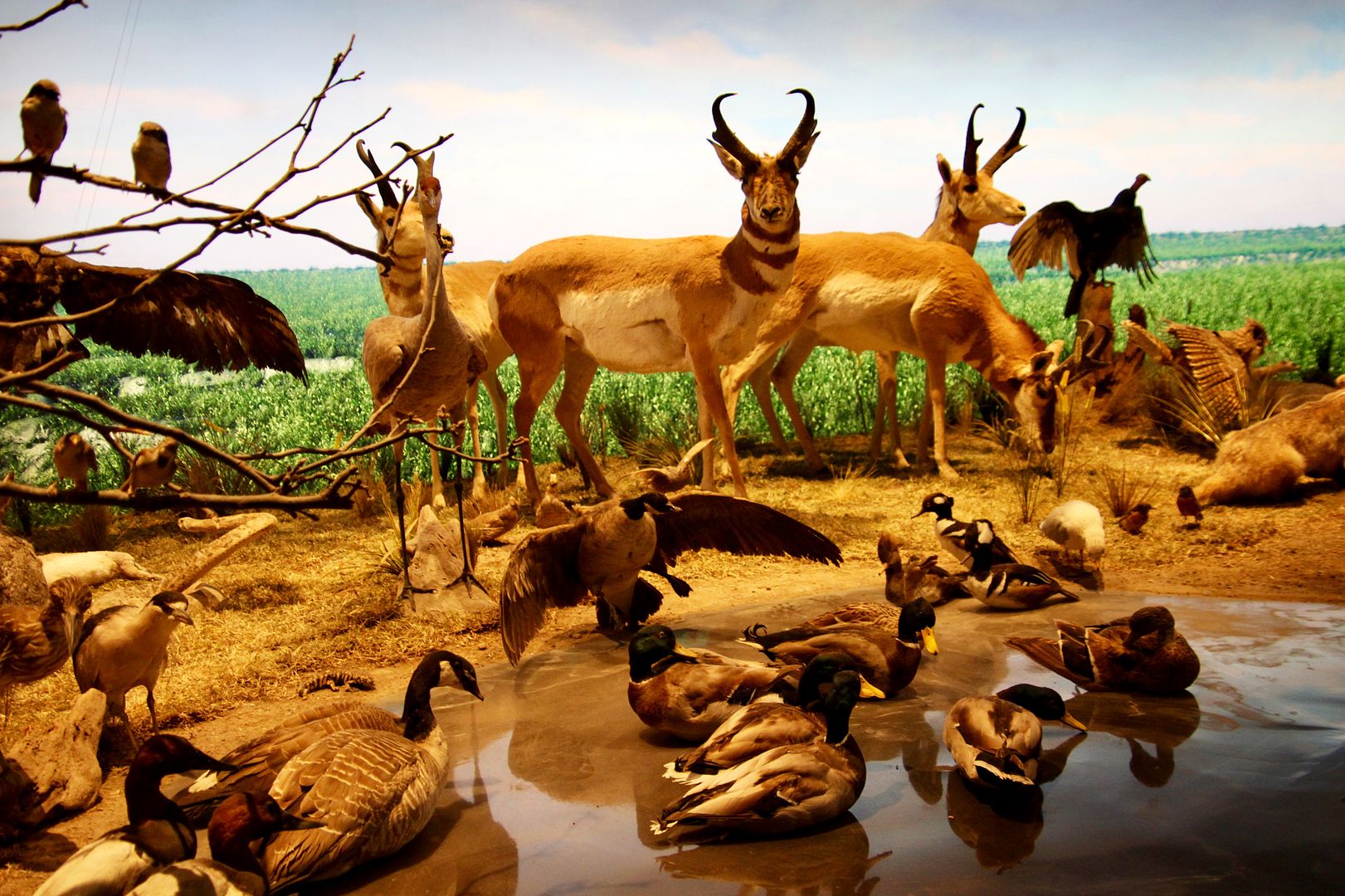

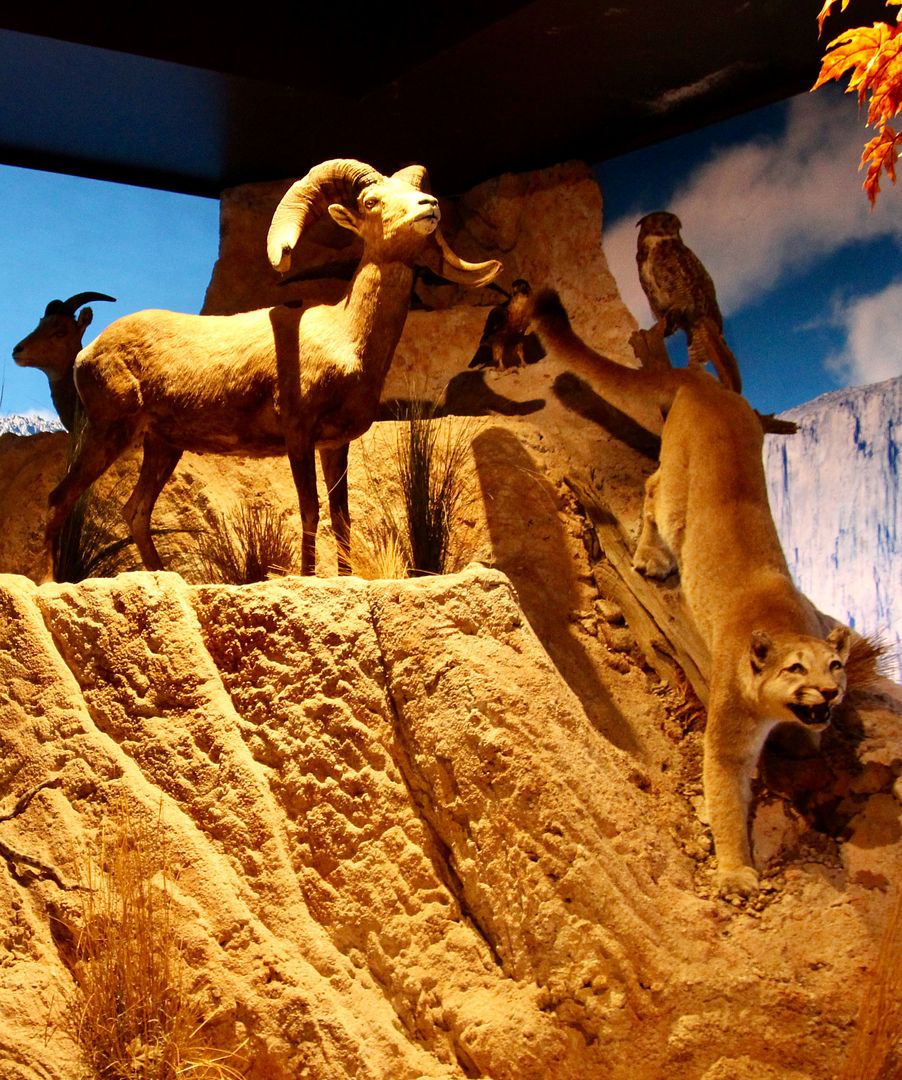
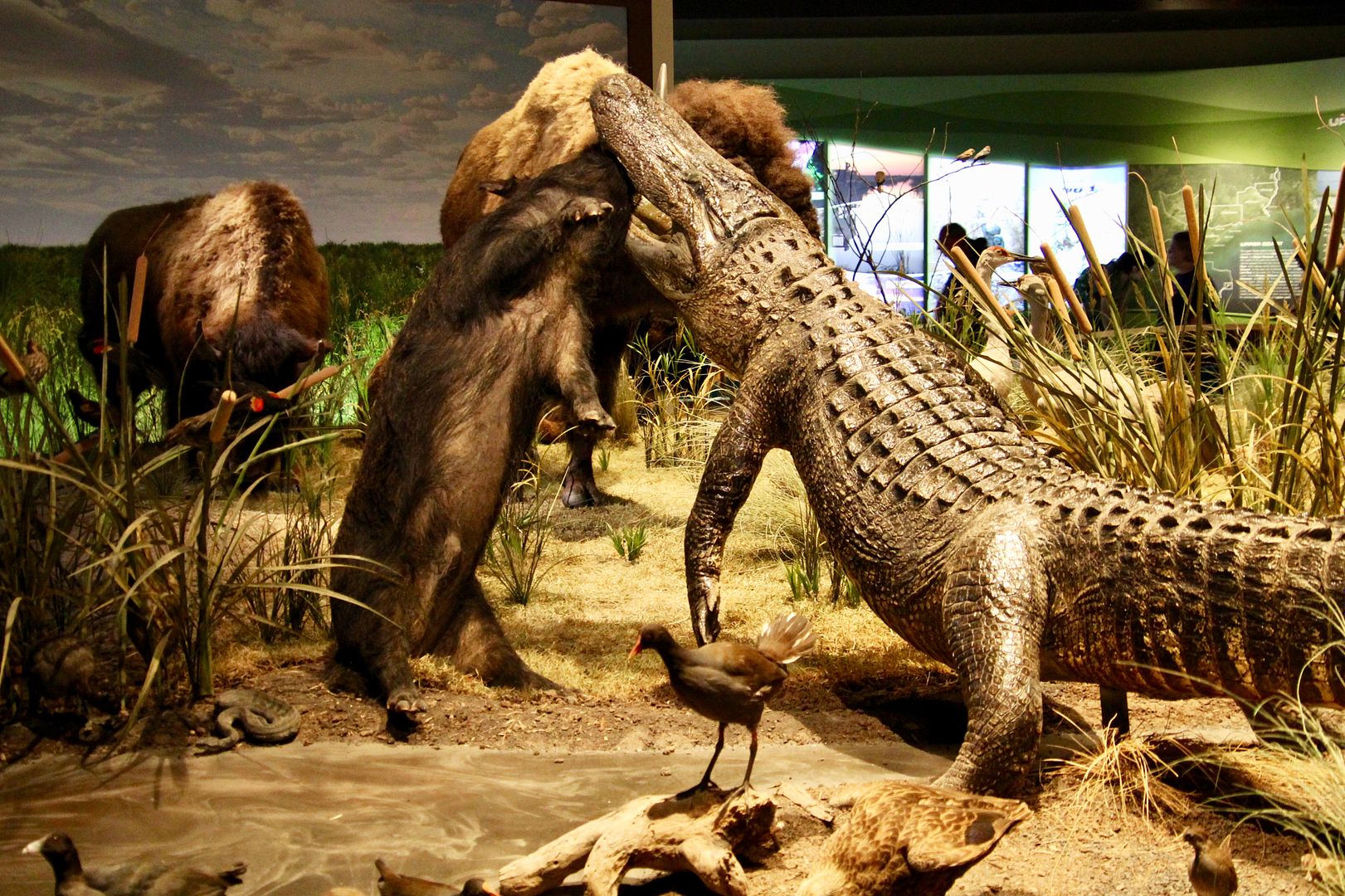
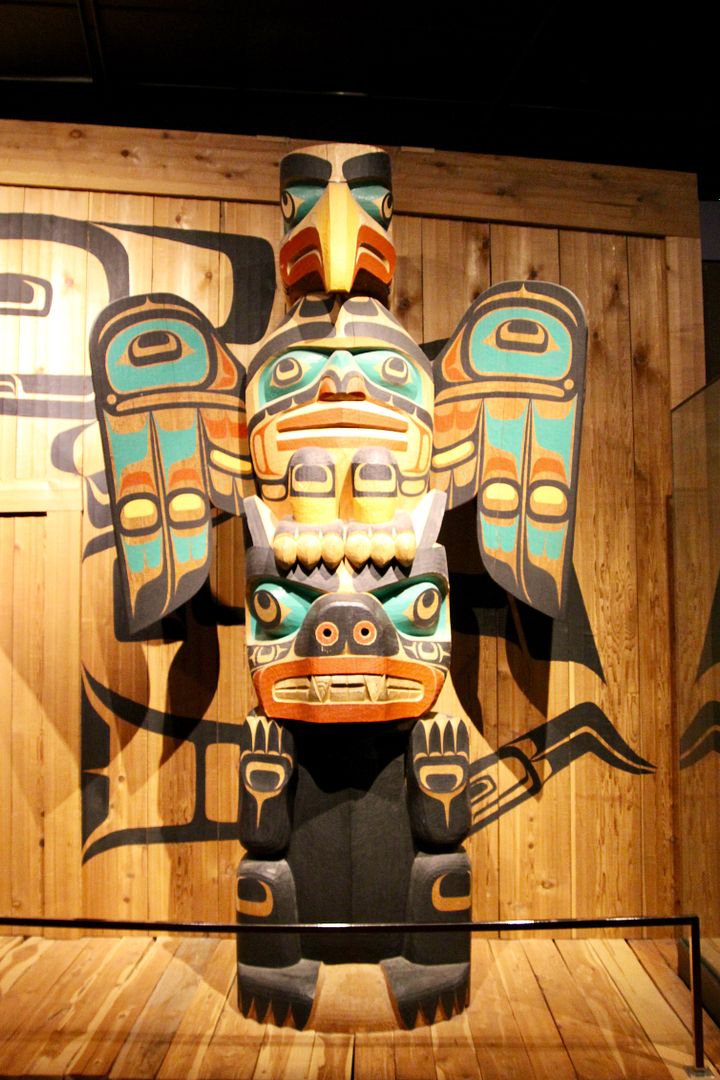
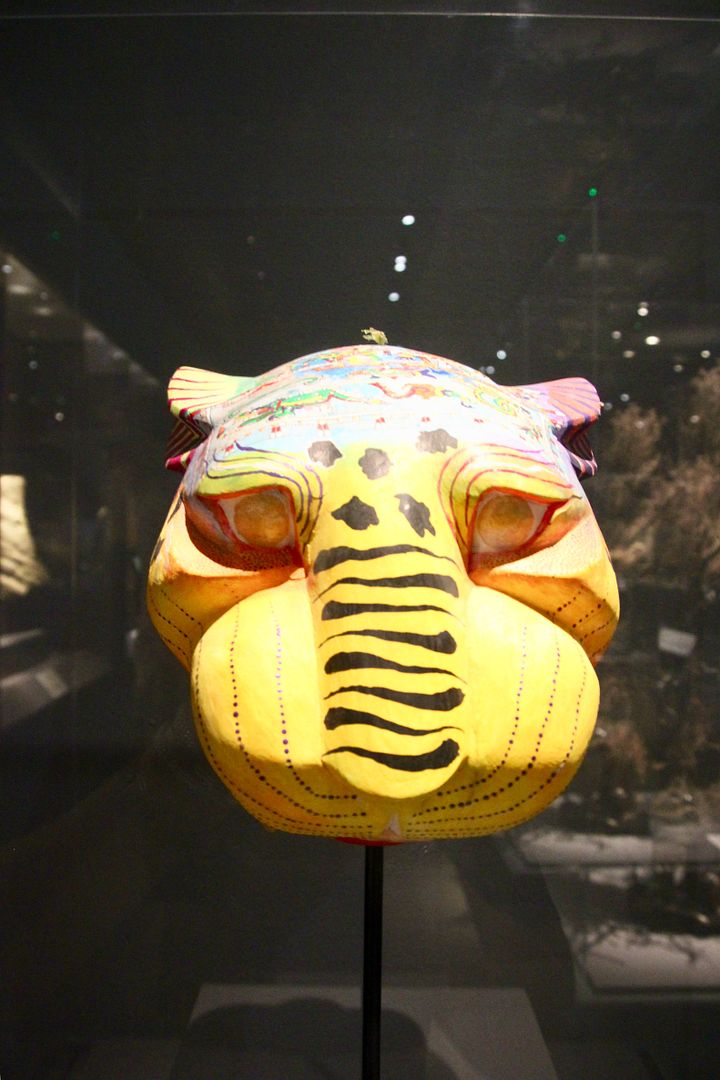
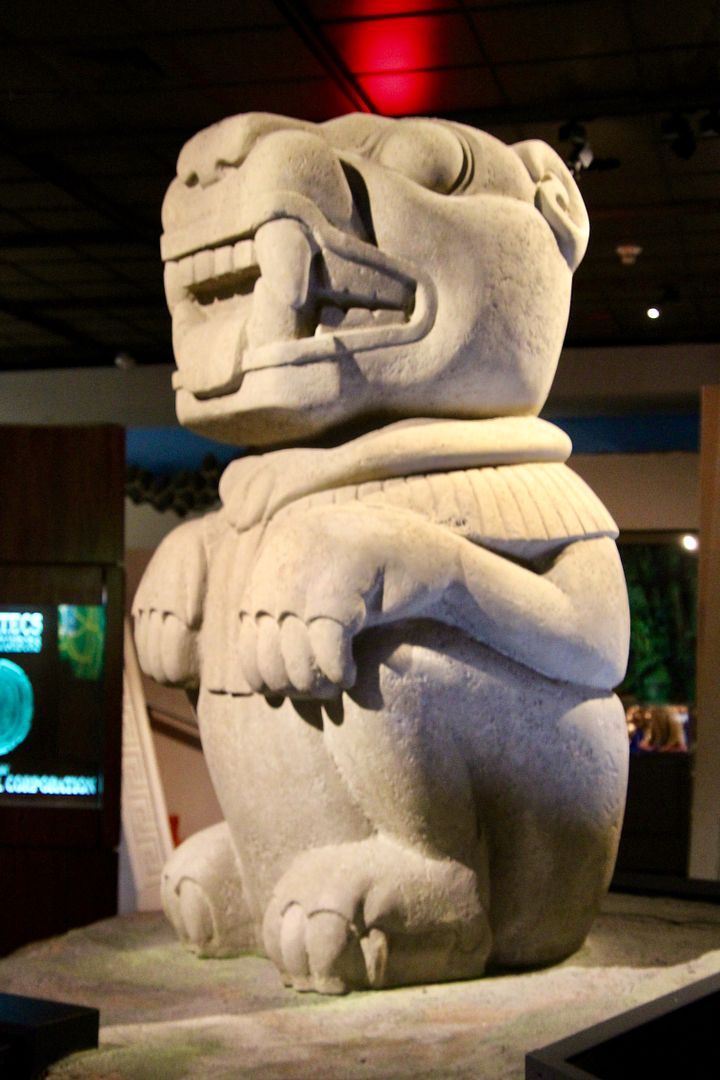
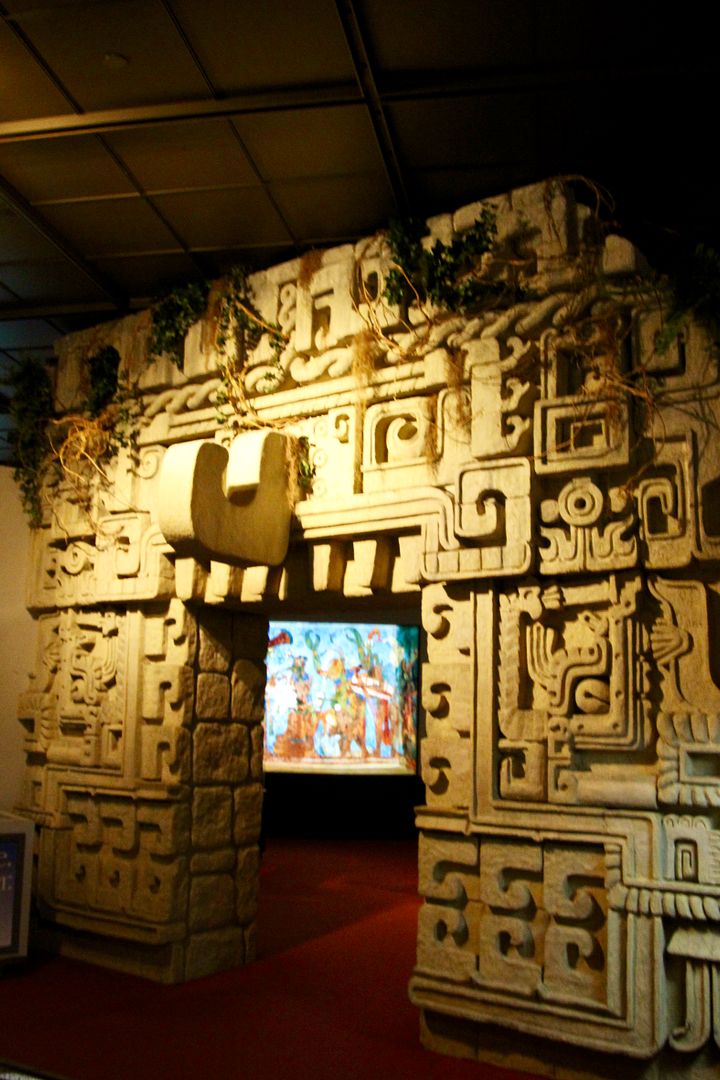
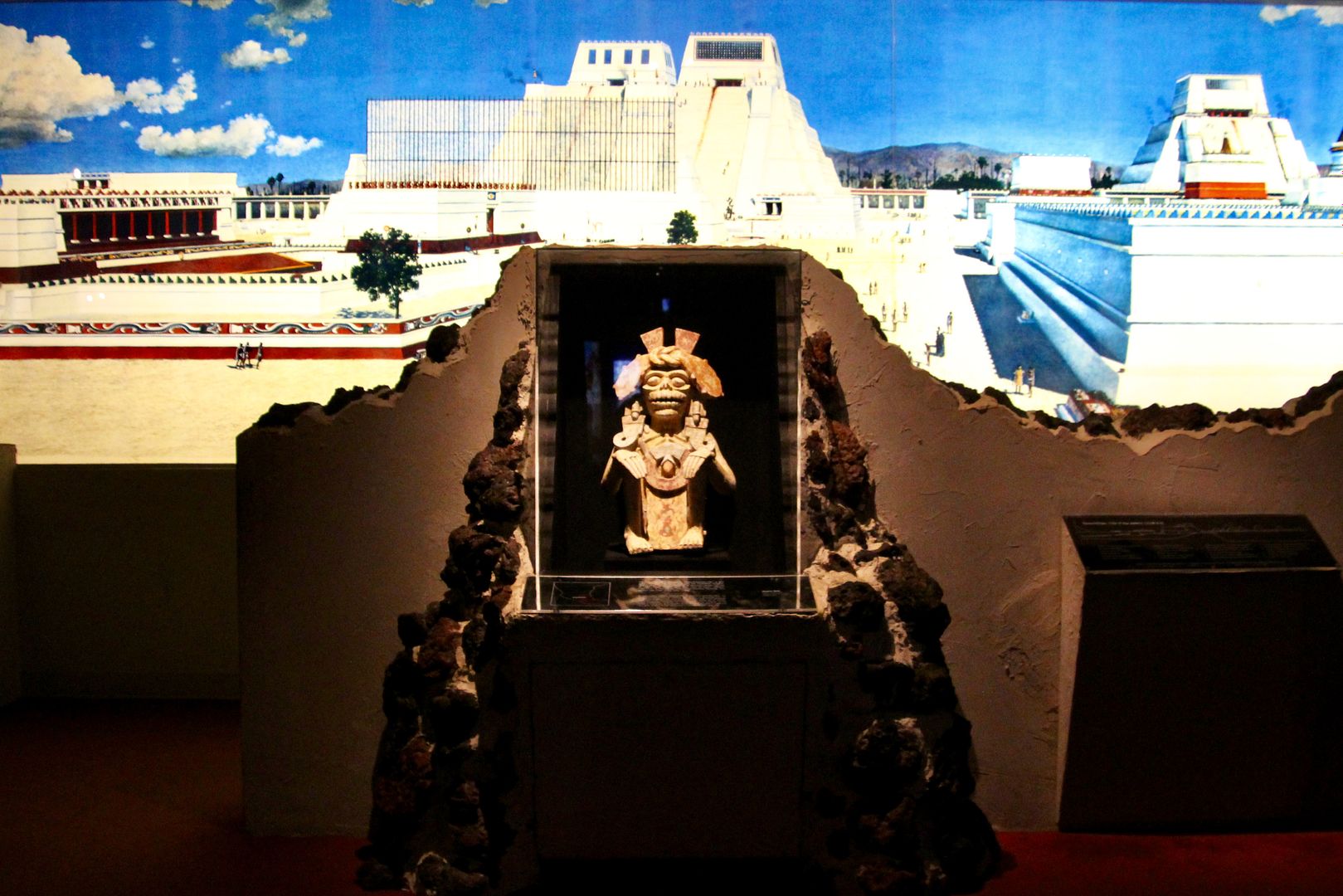
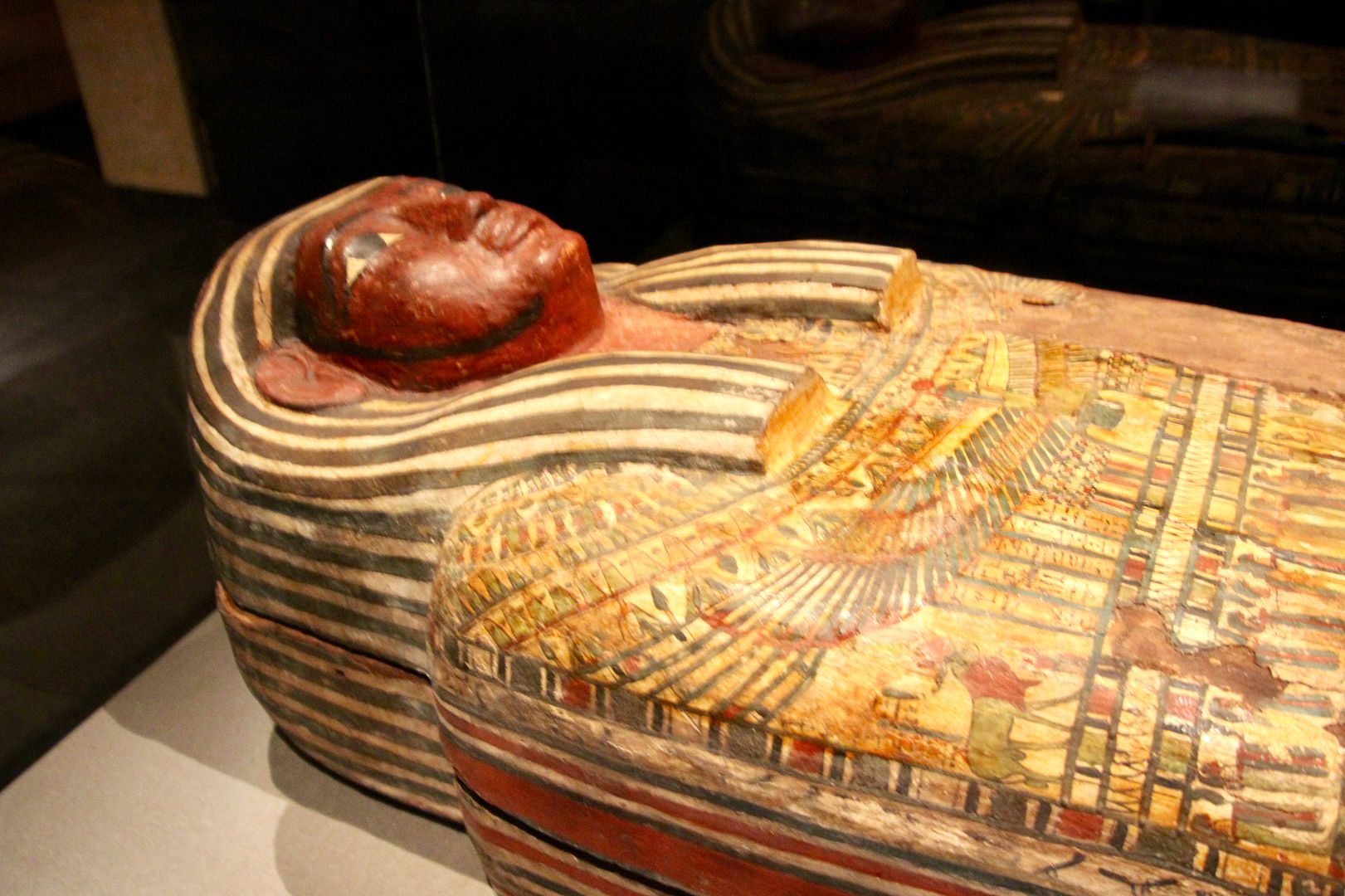
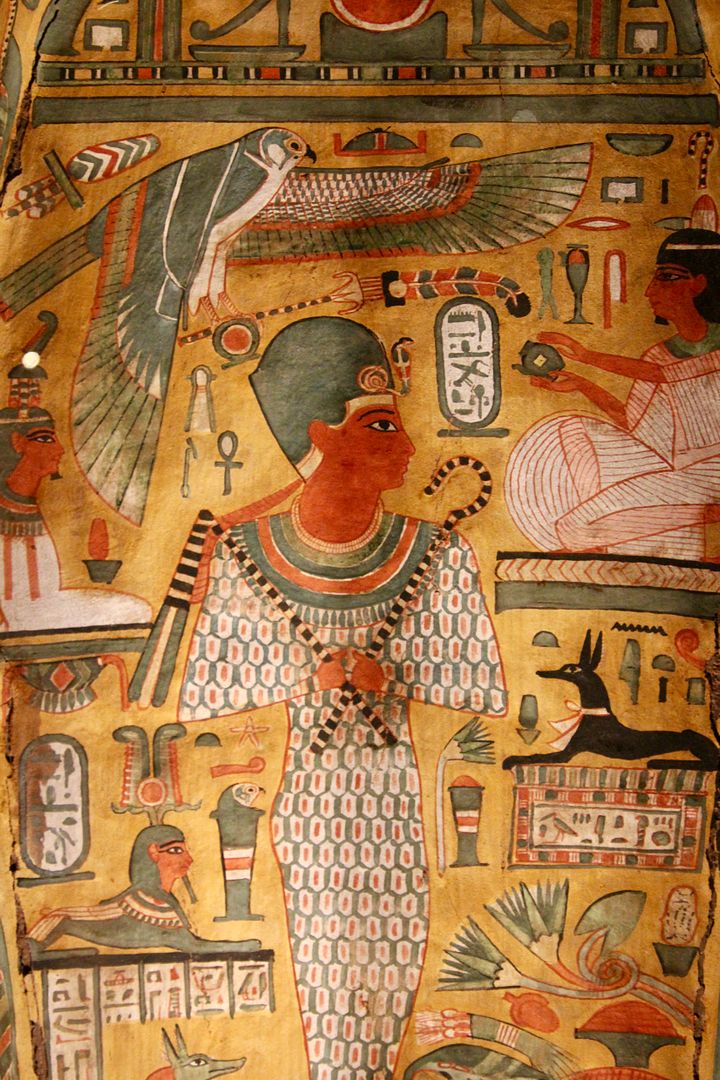
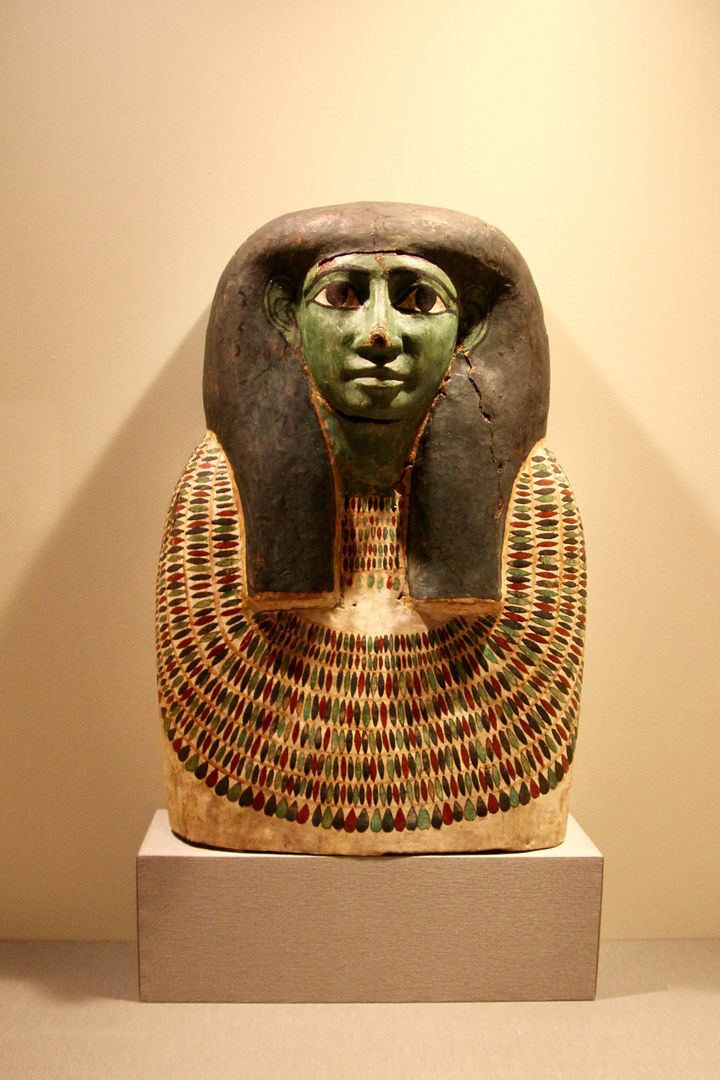
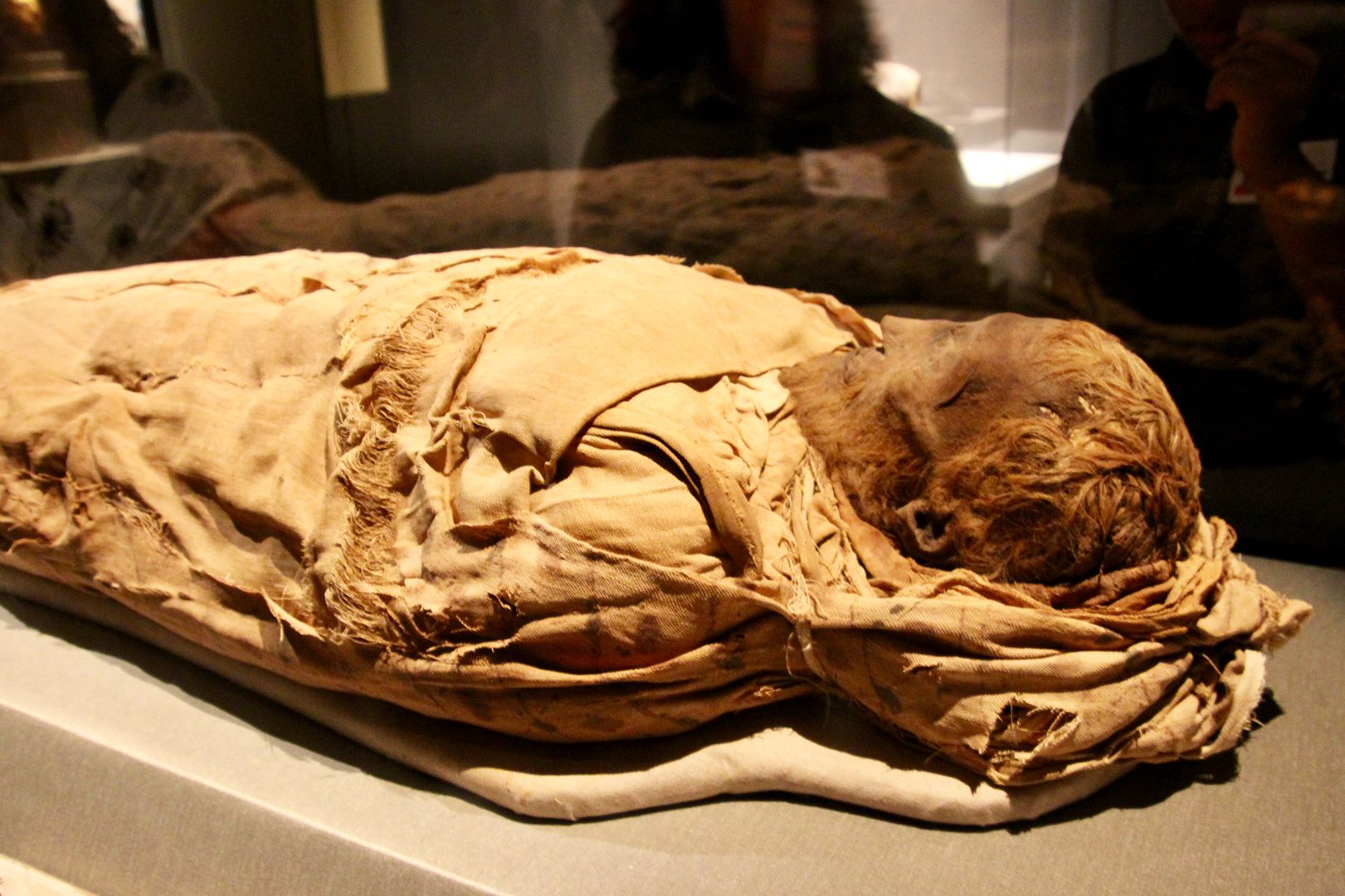
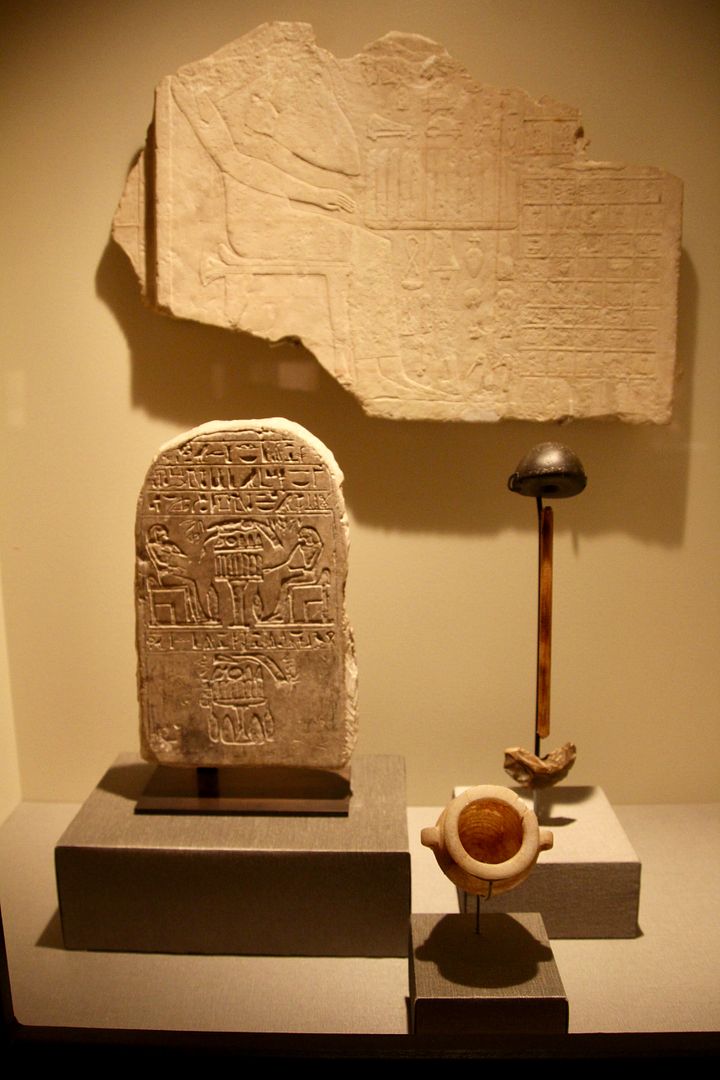
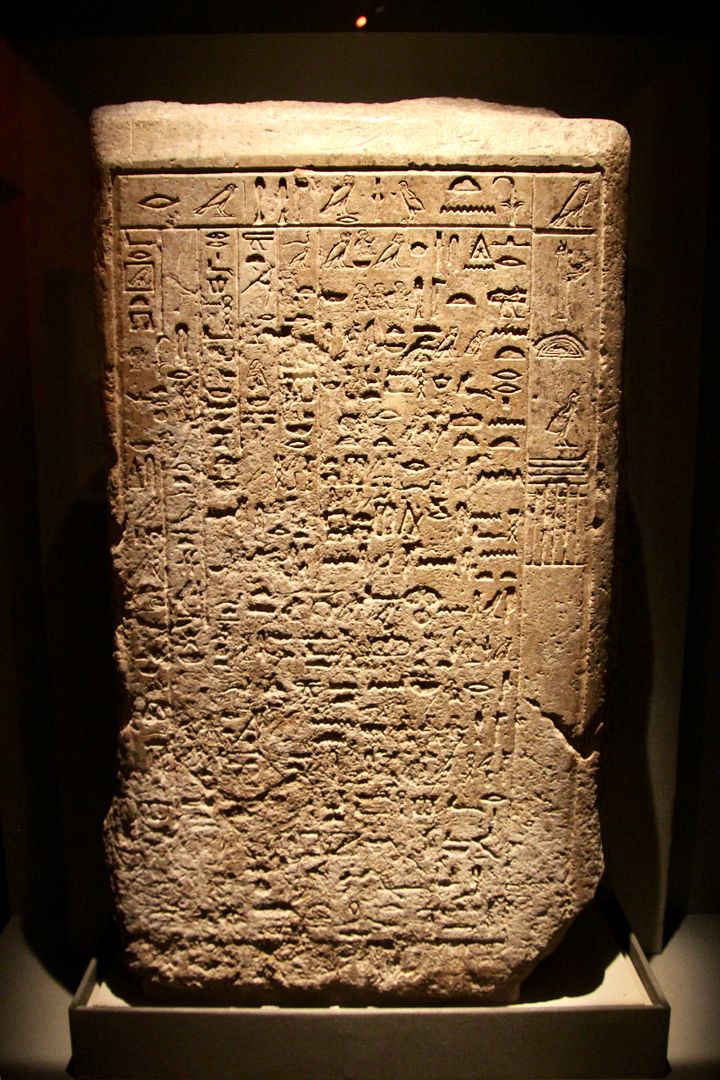
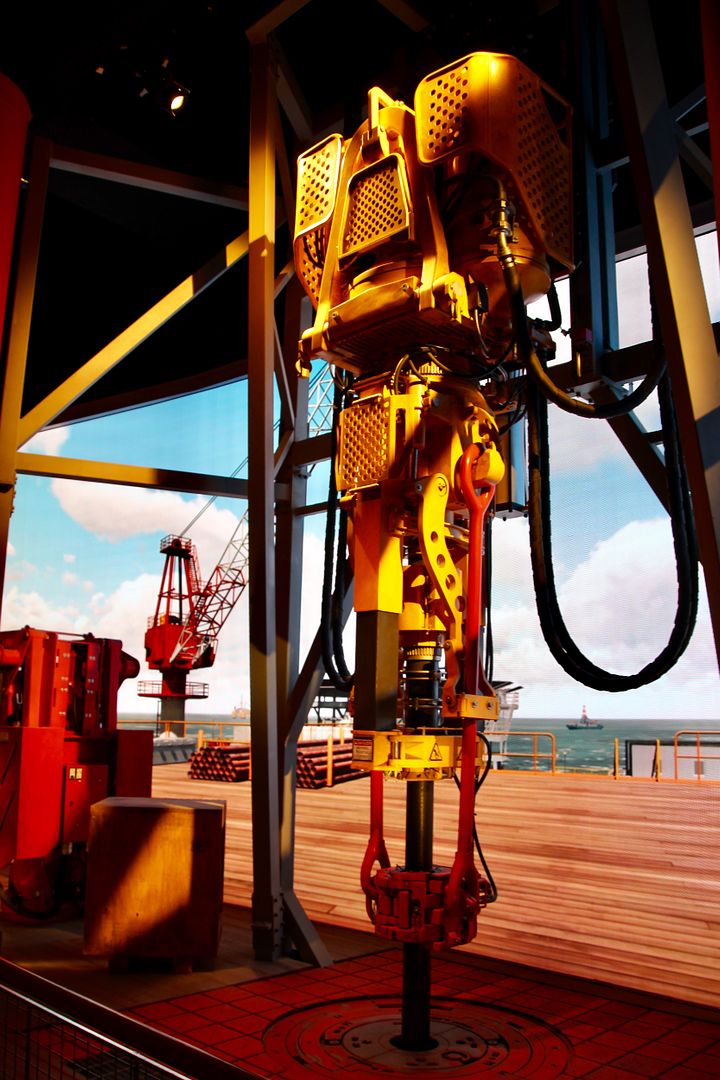
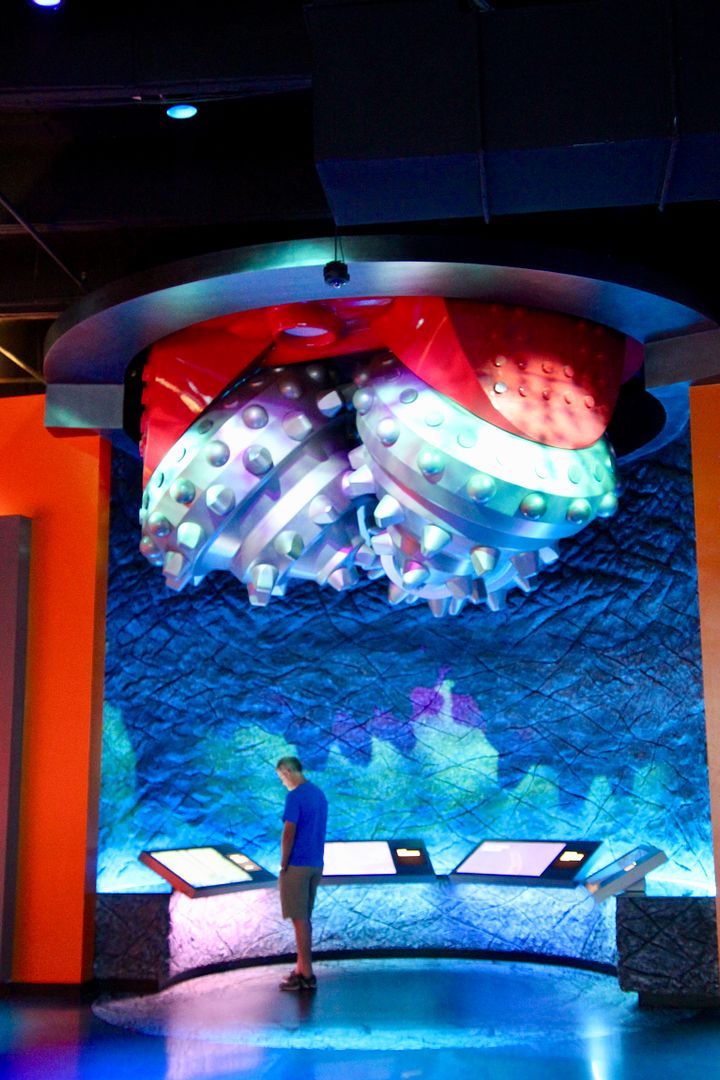
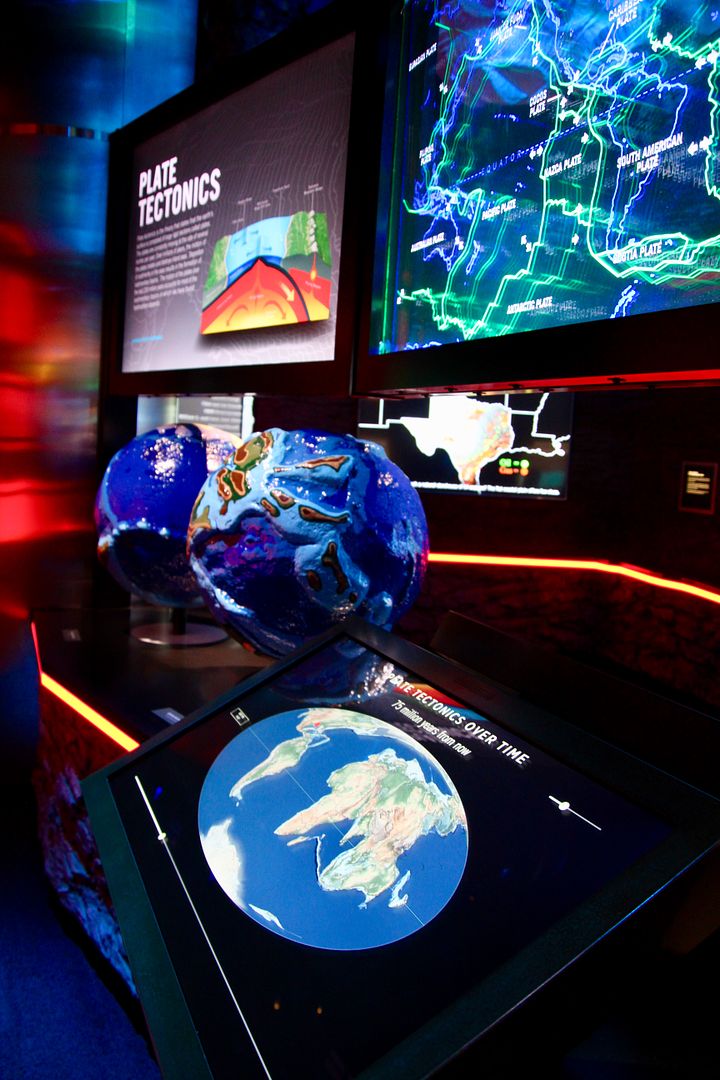

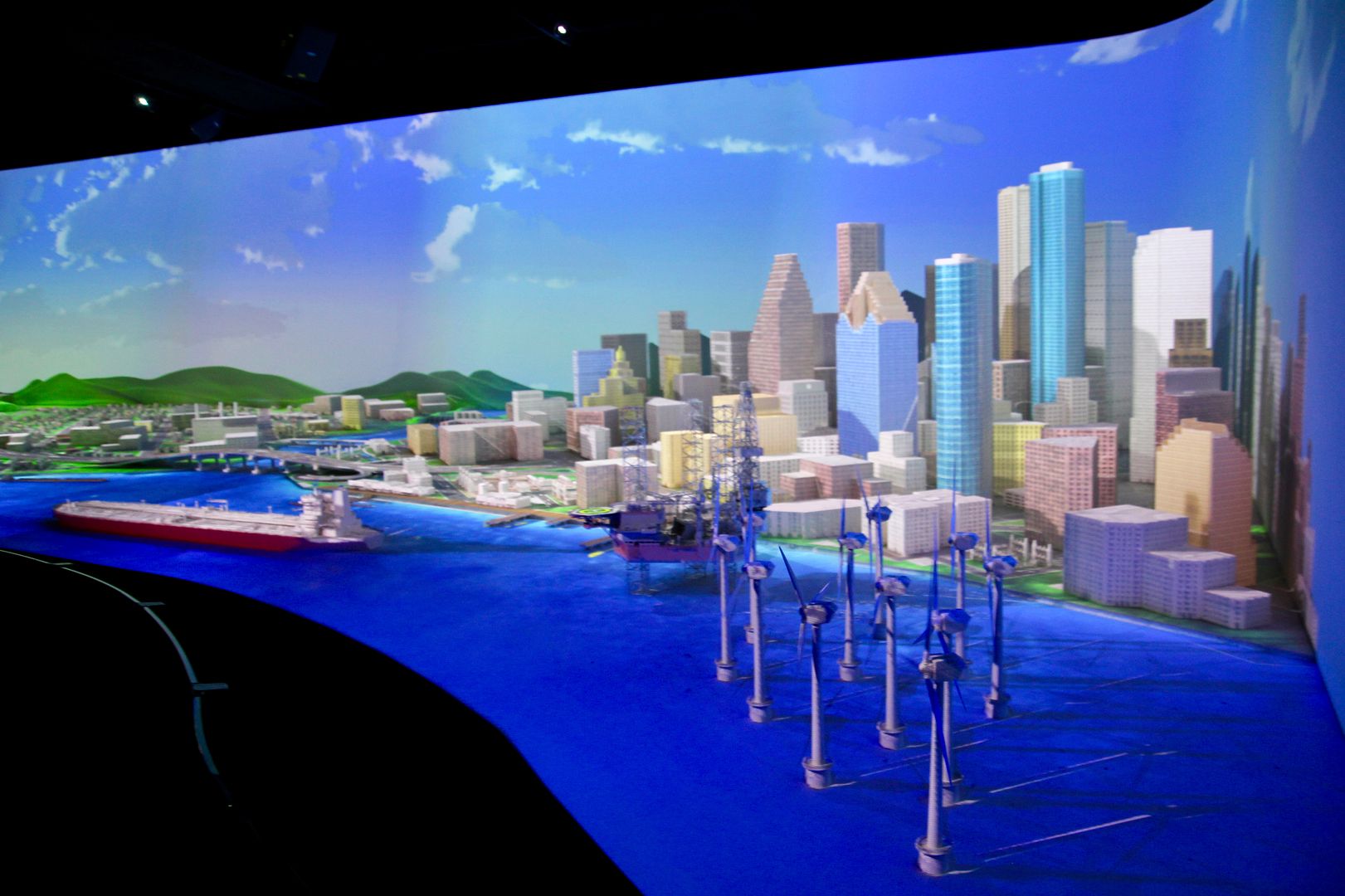

No comments:
Post a Comment